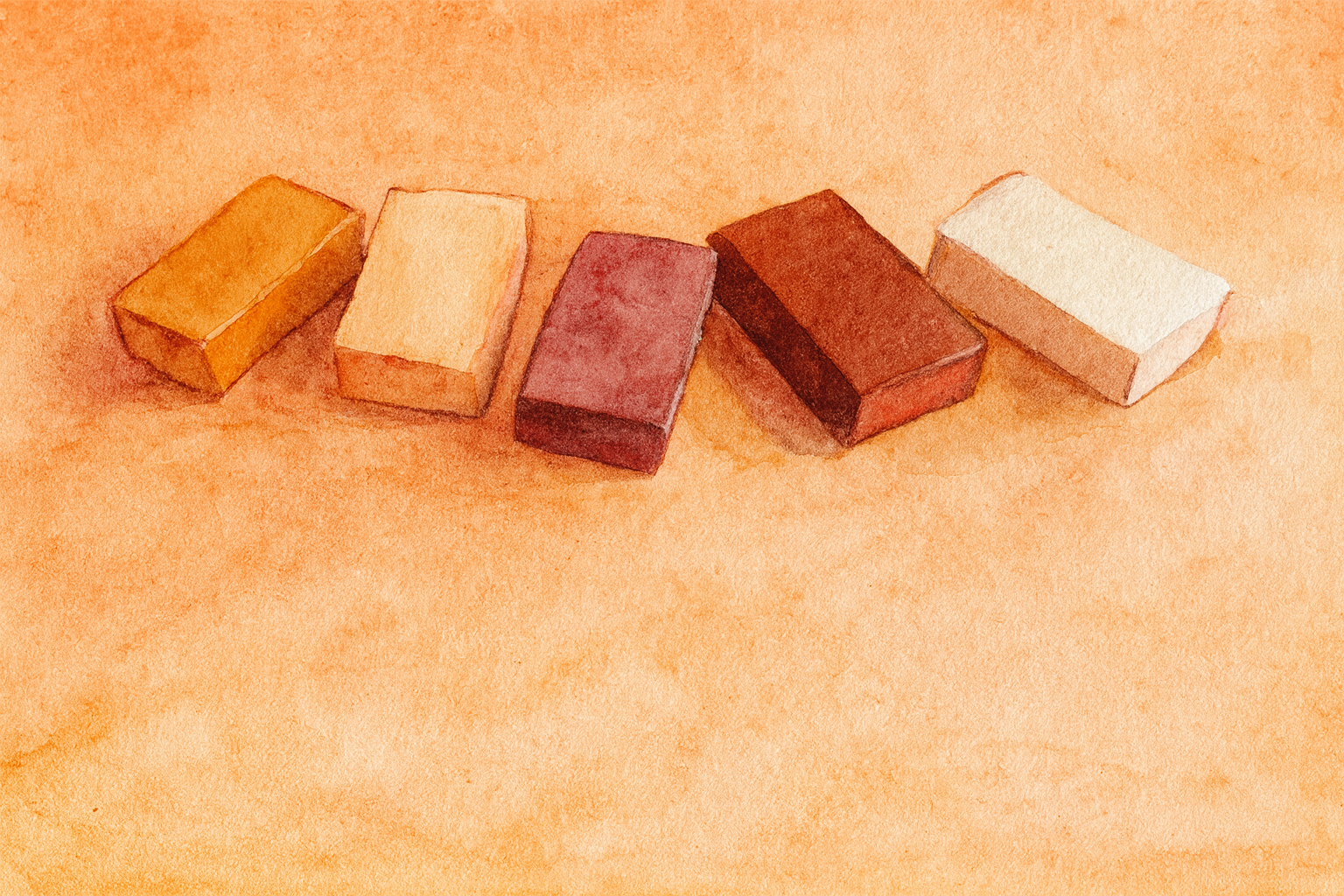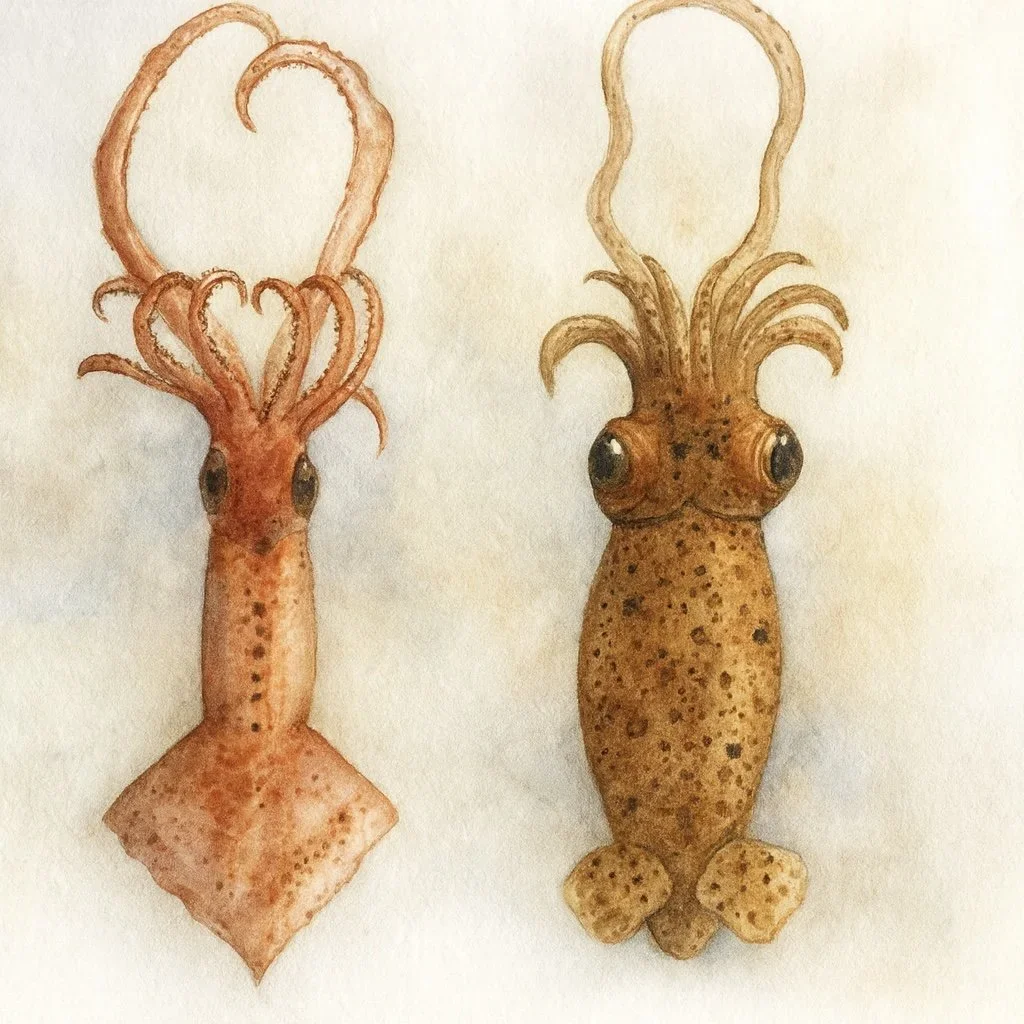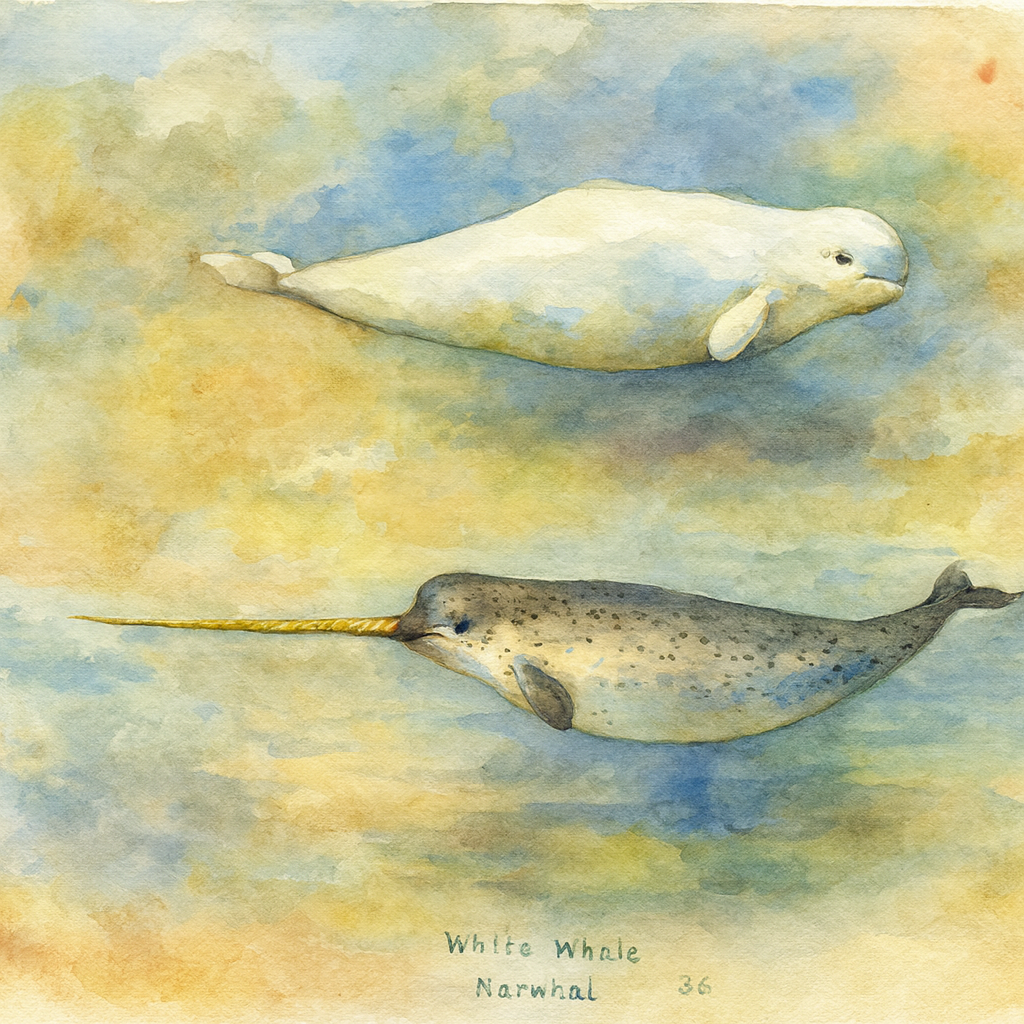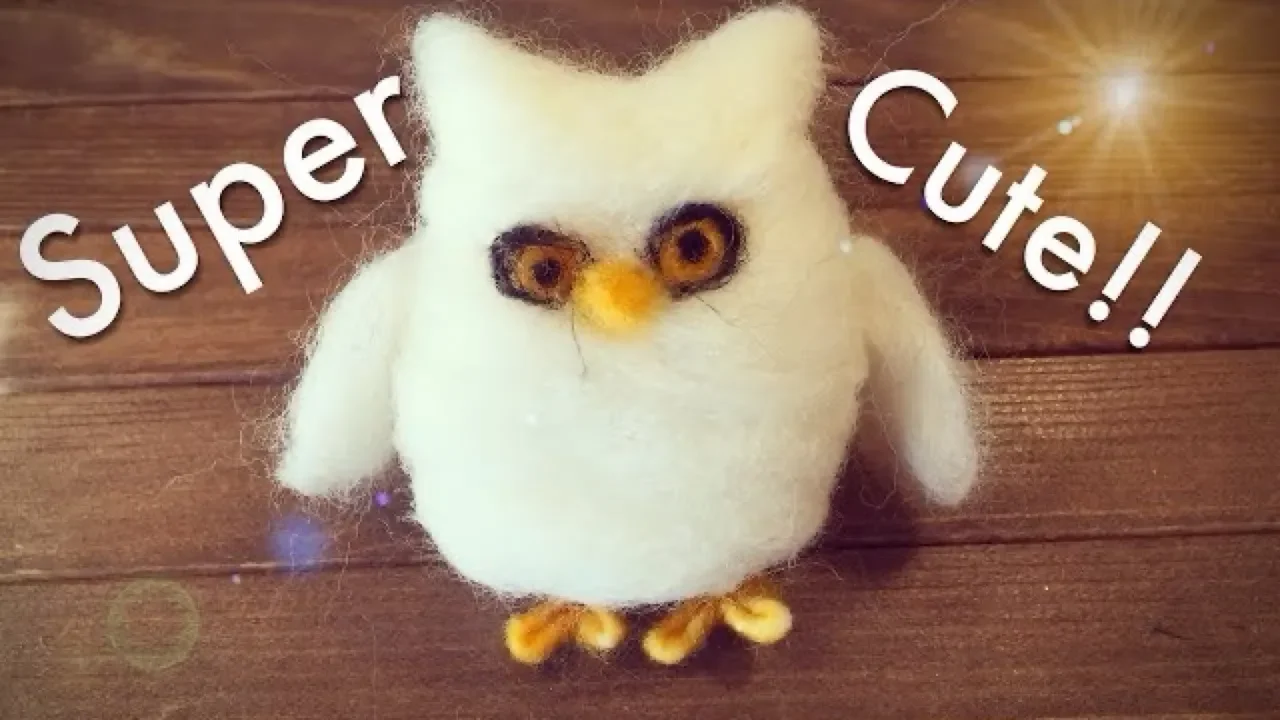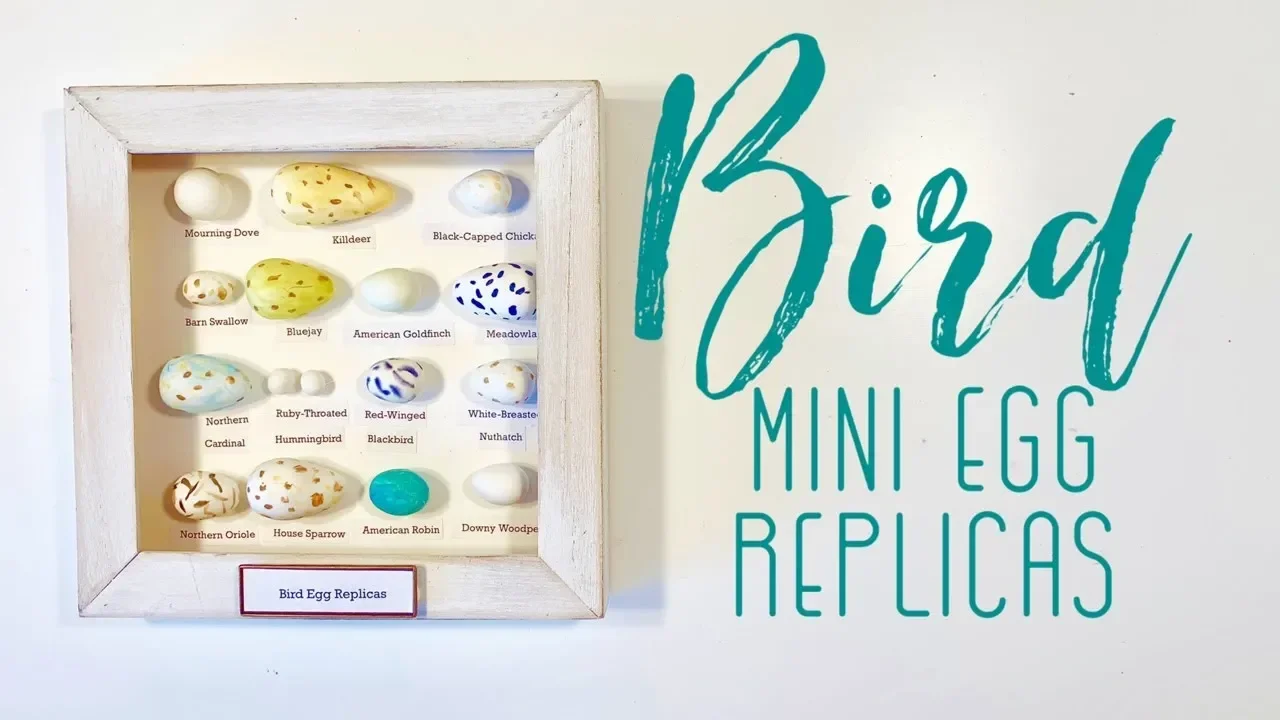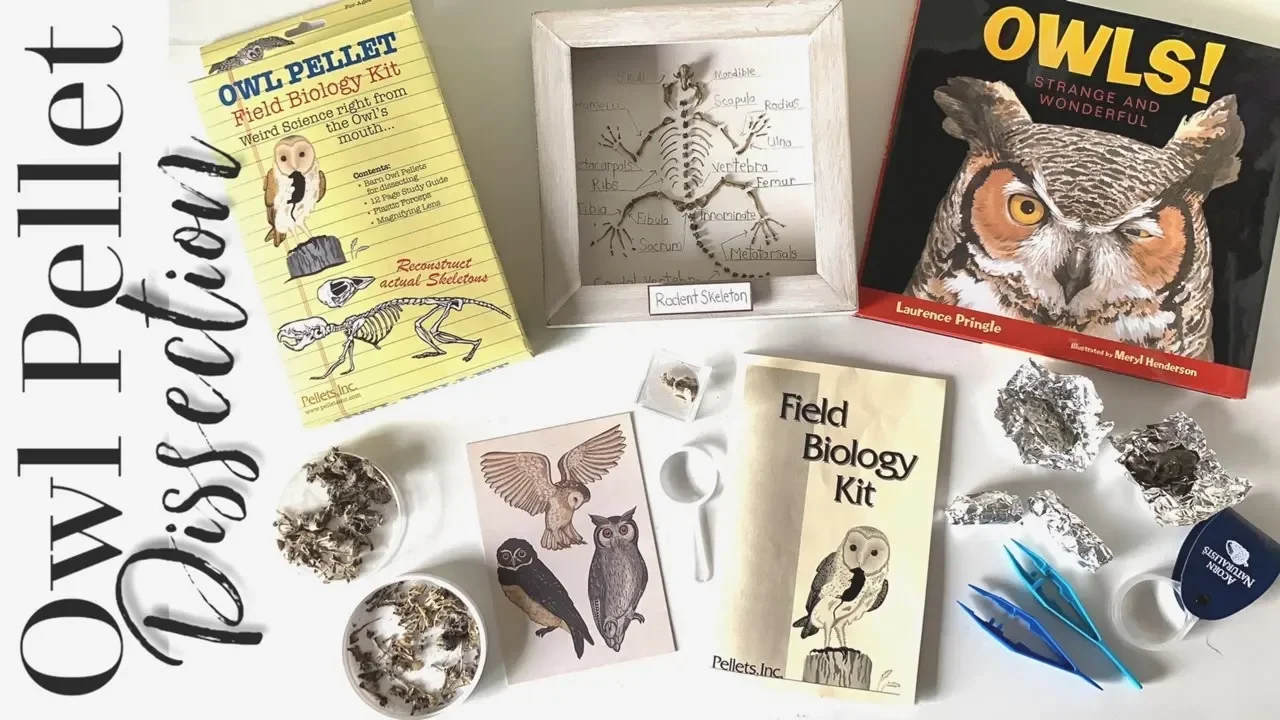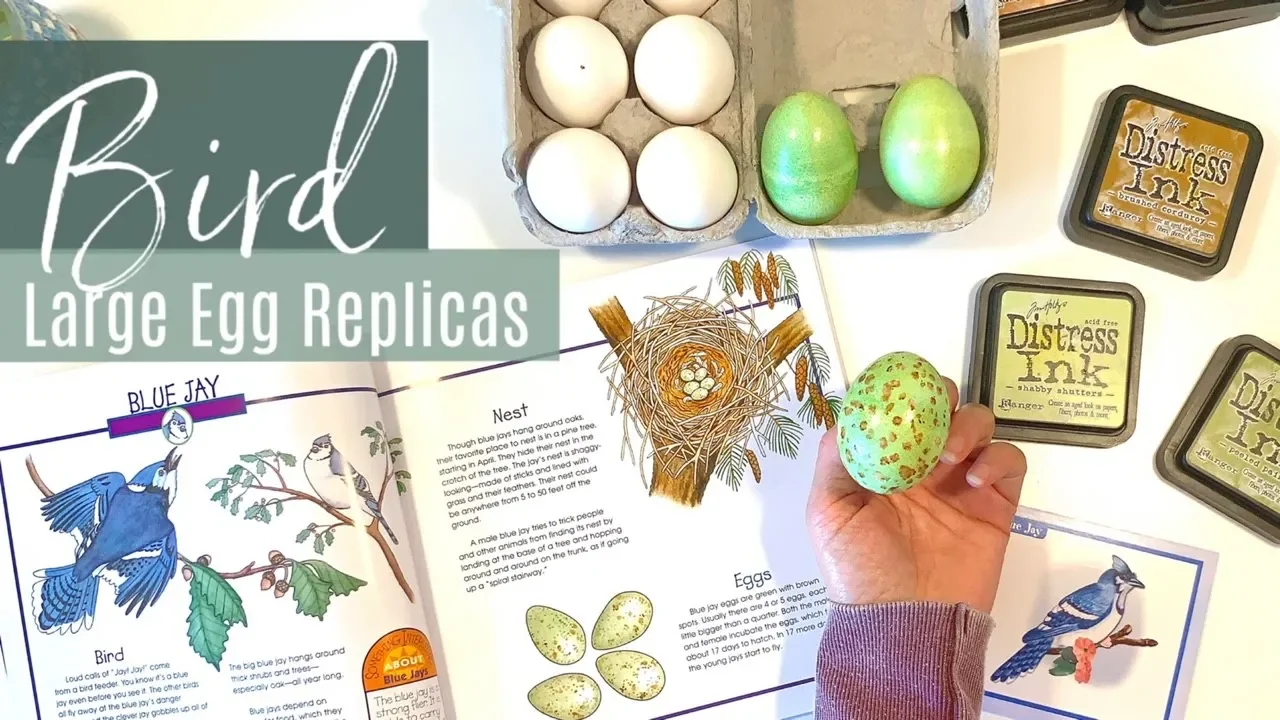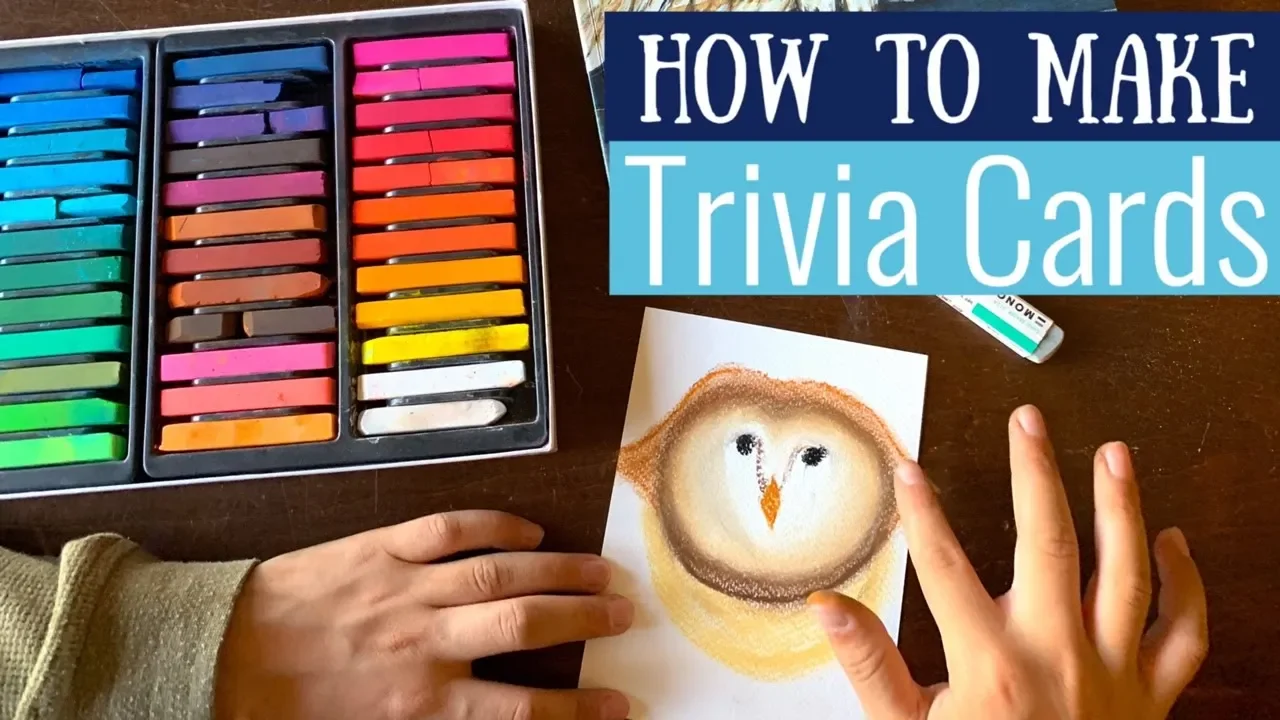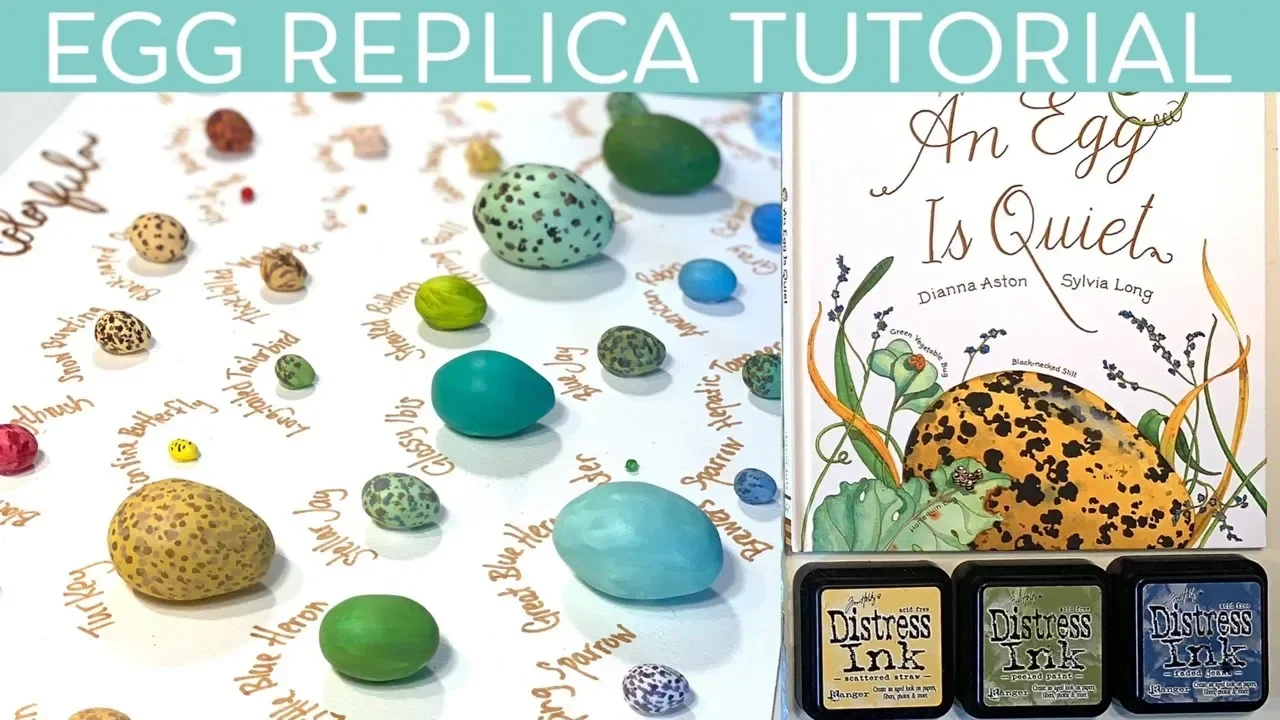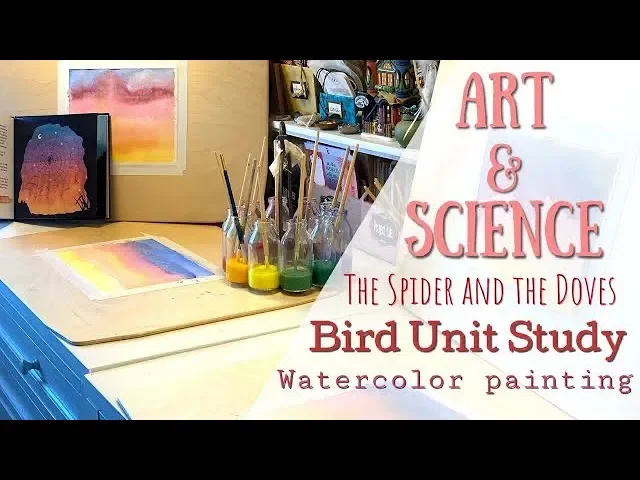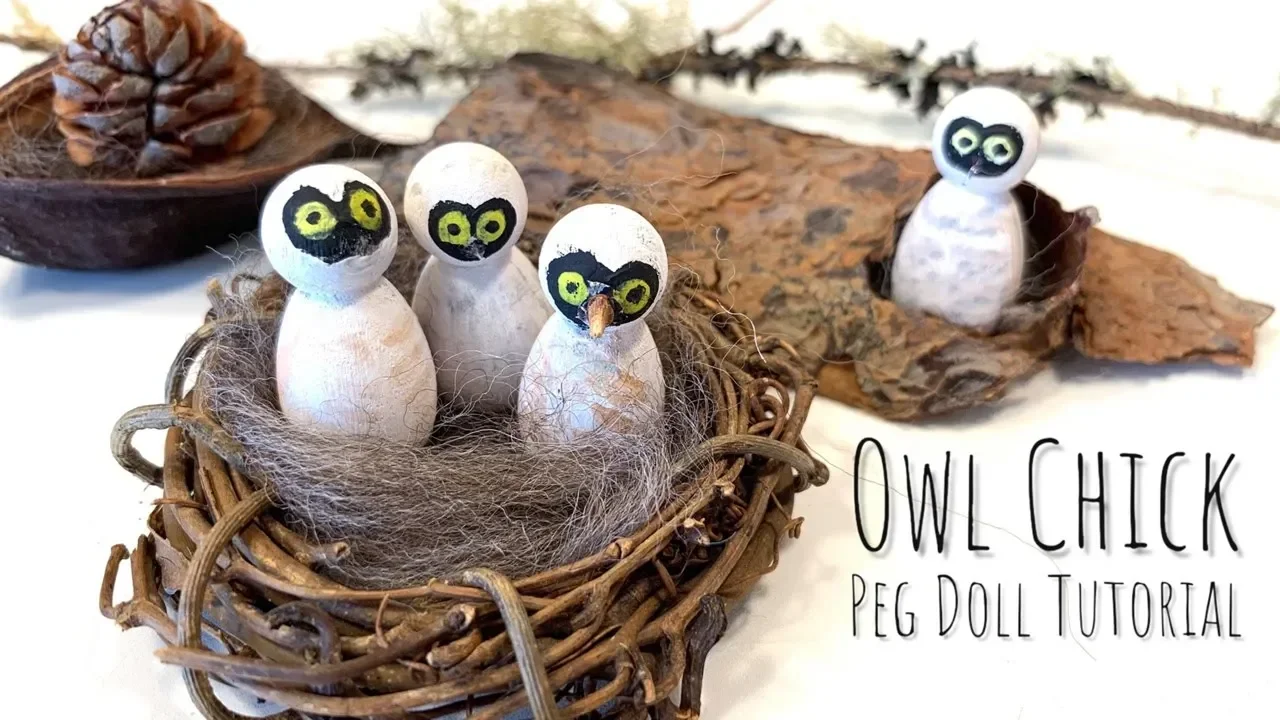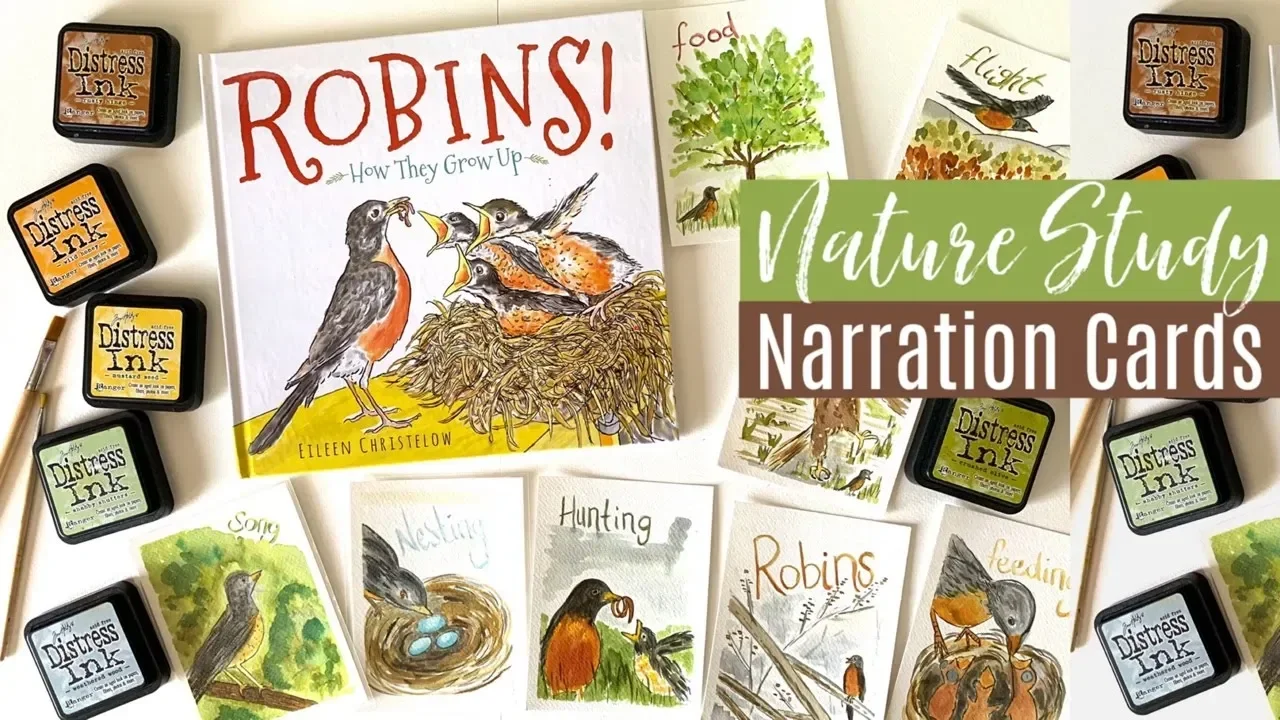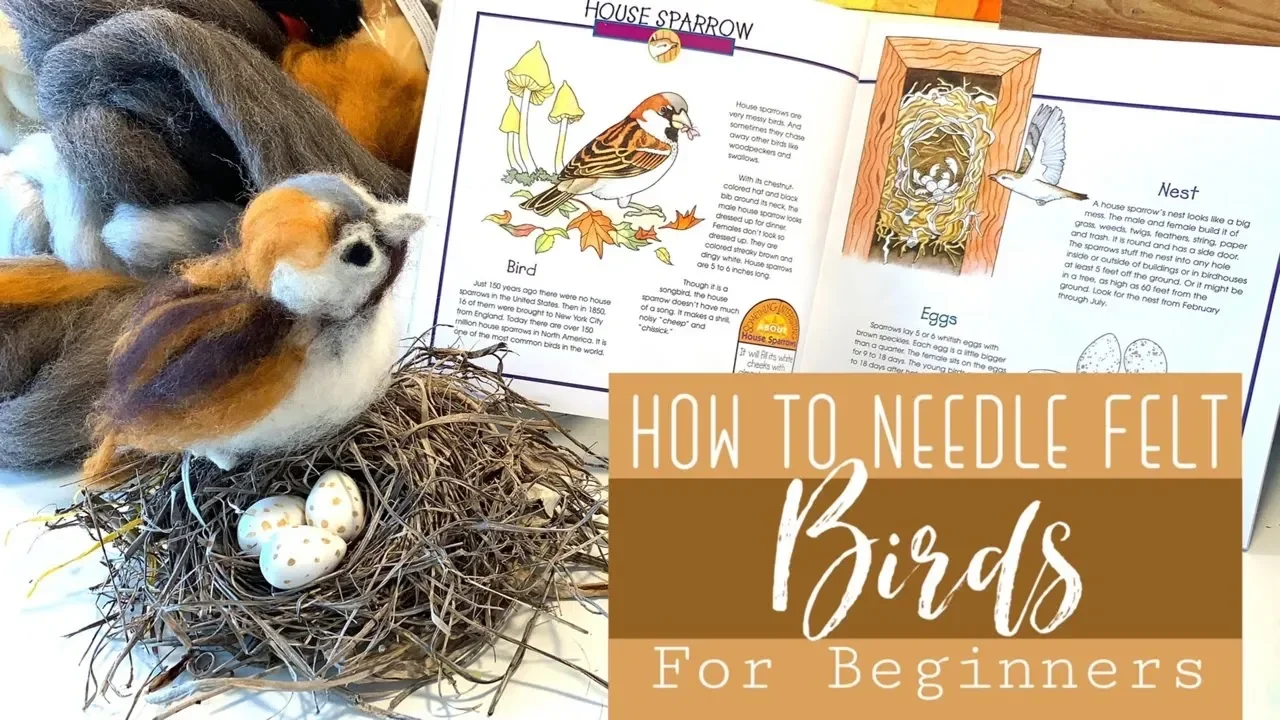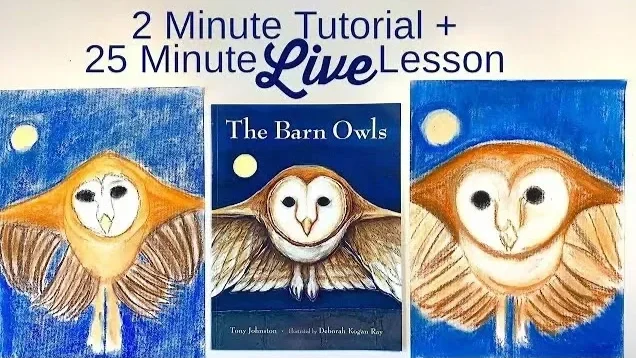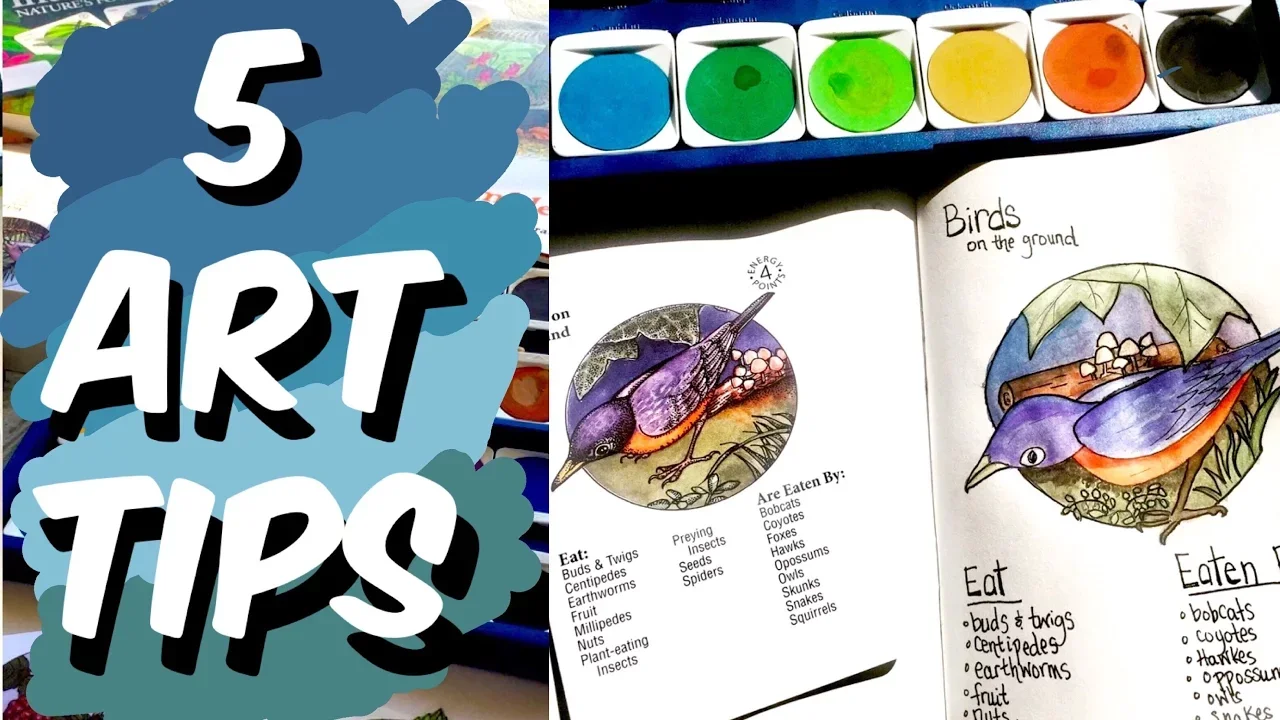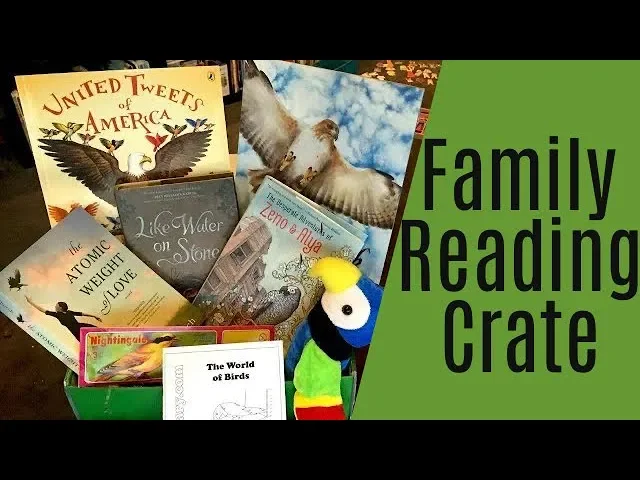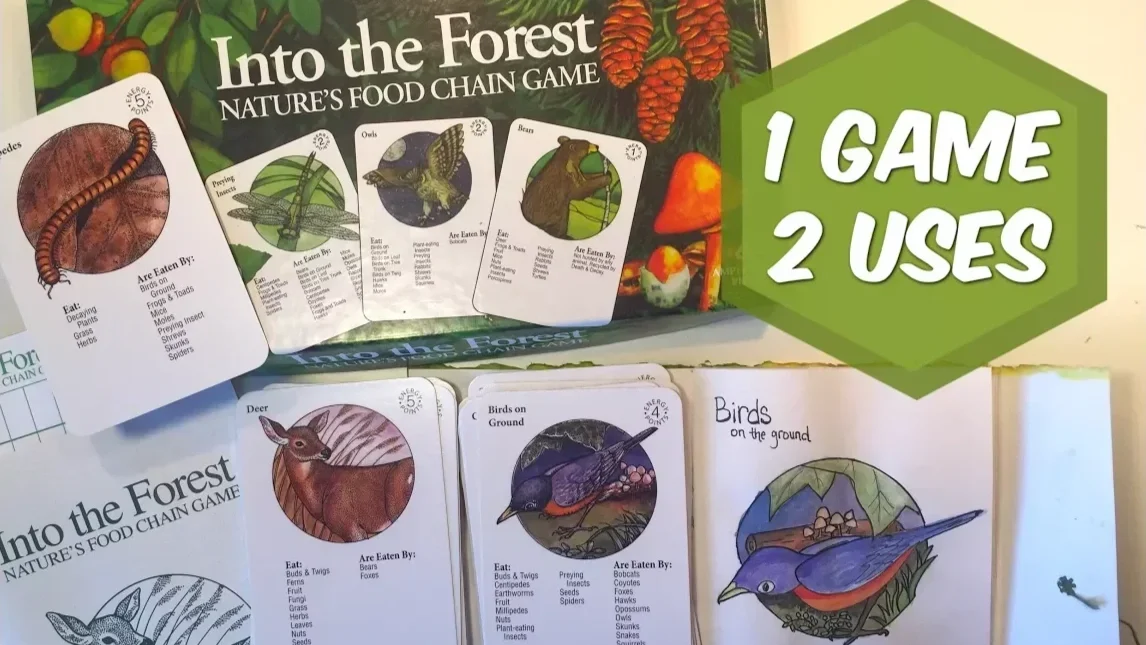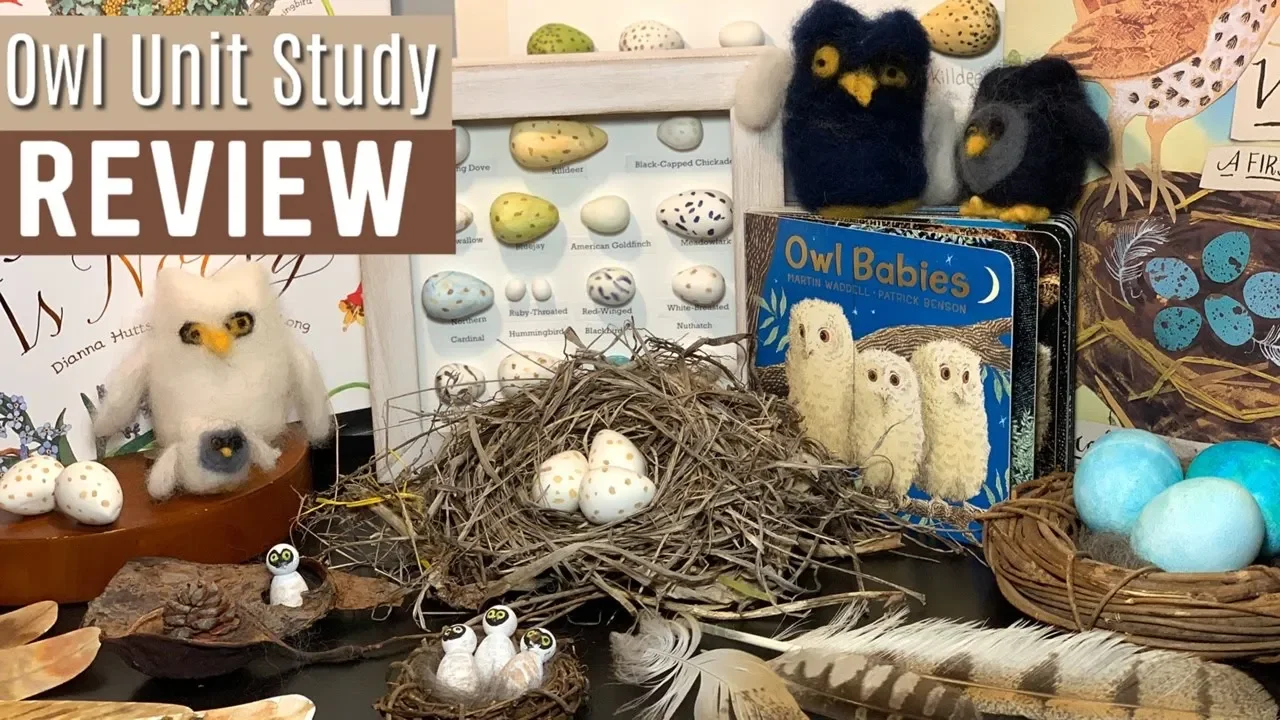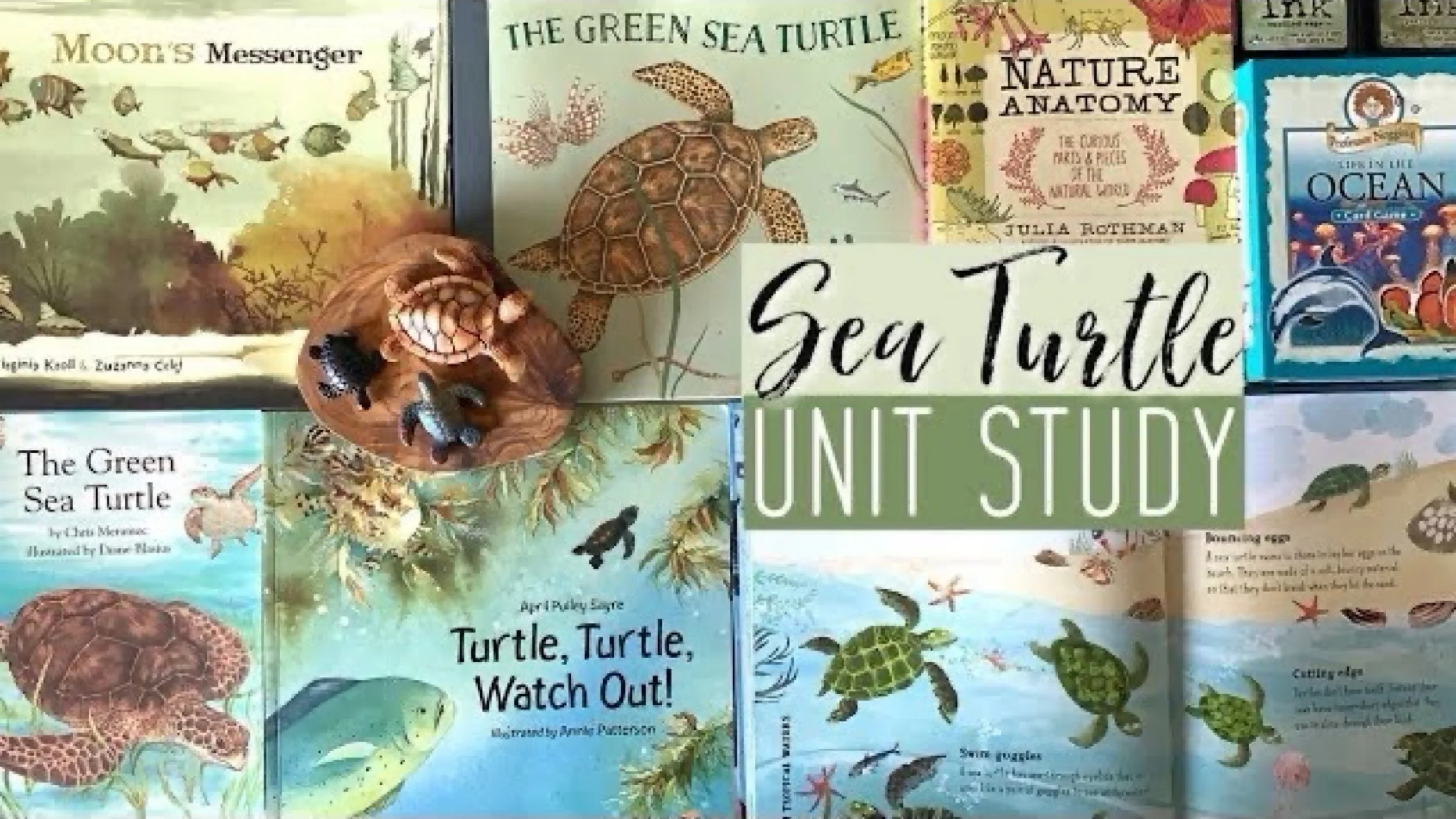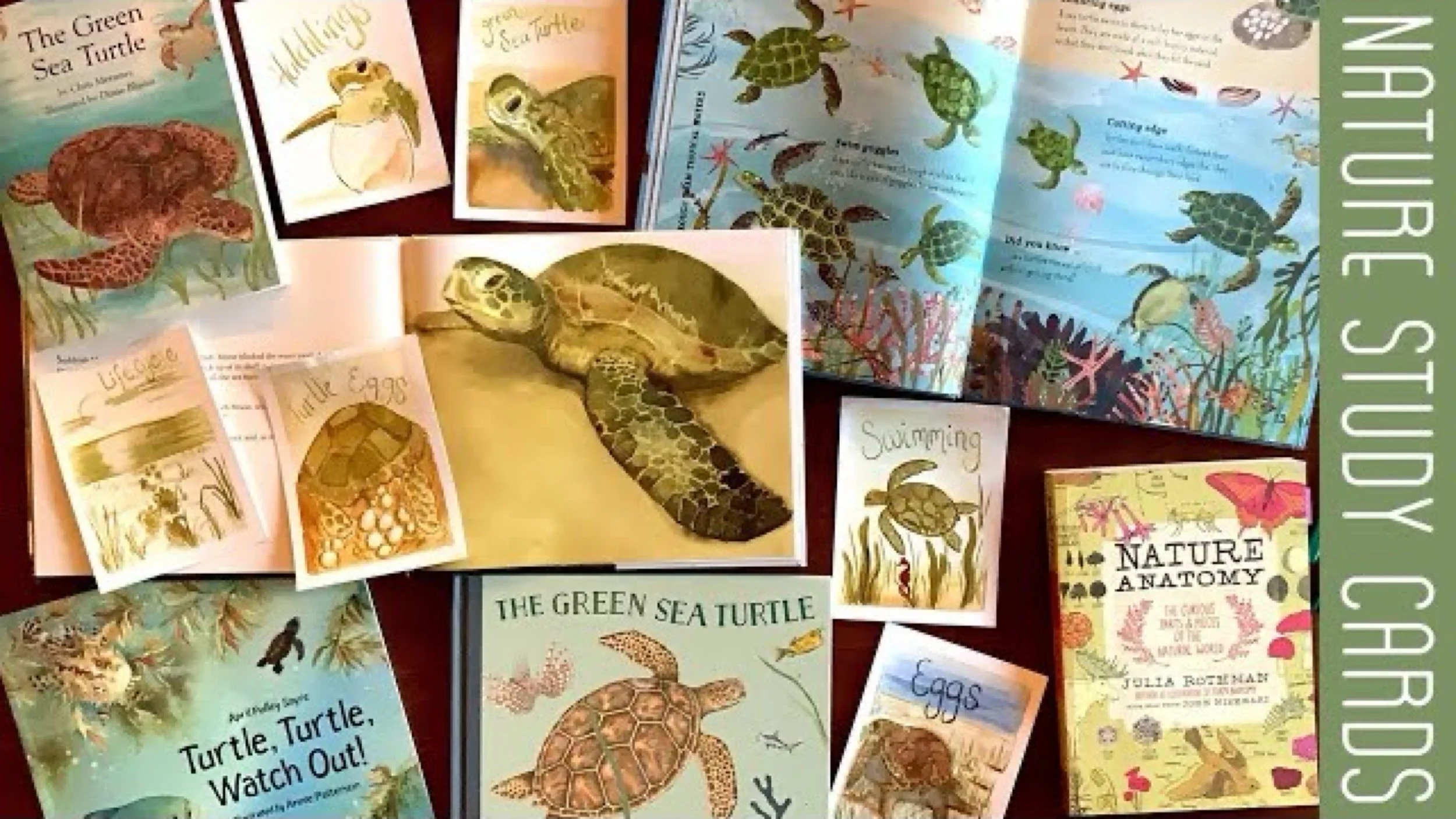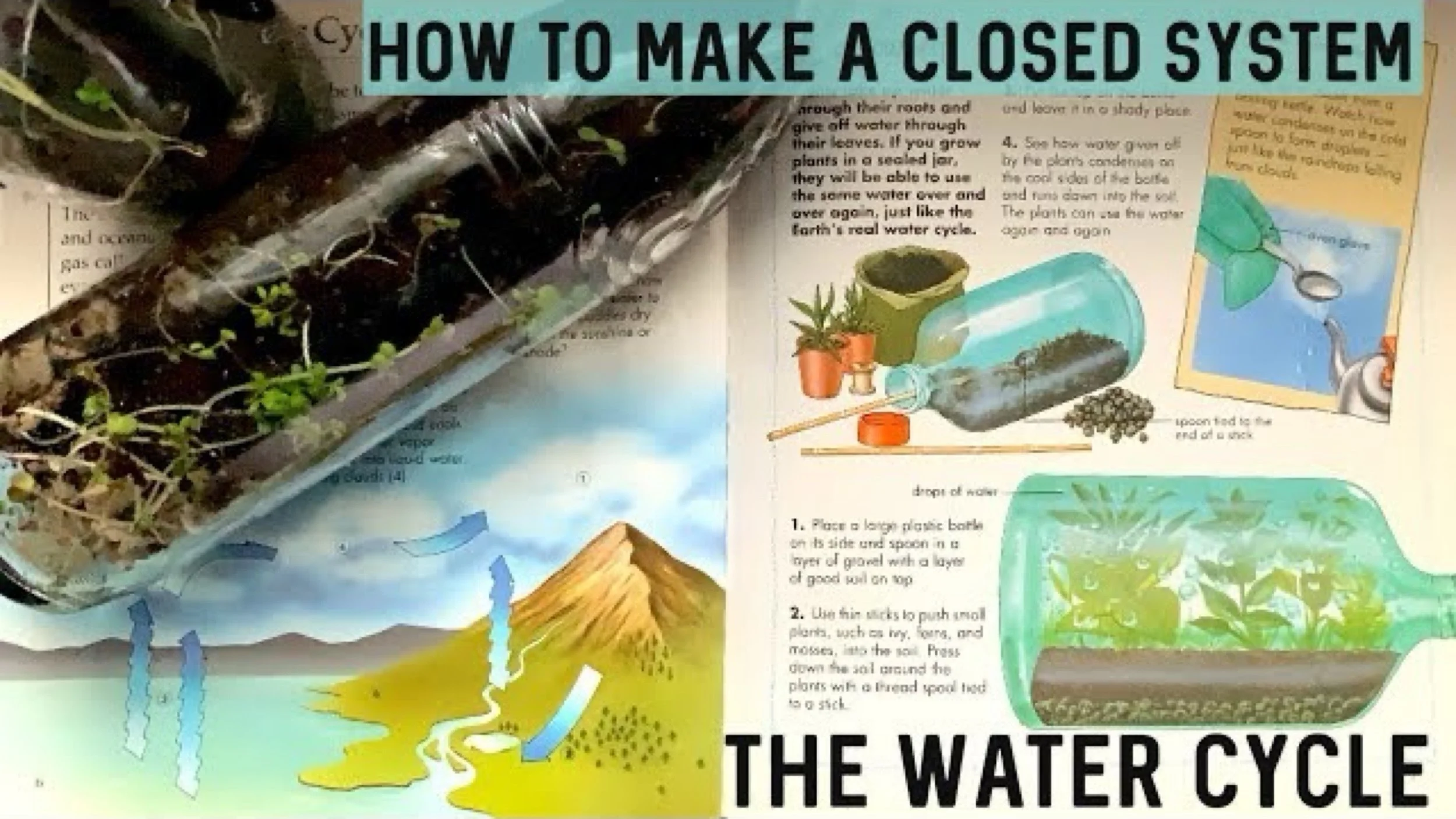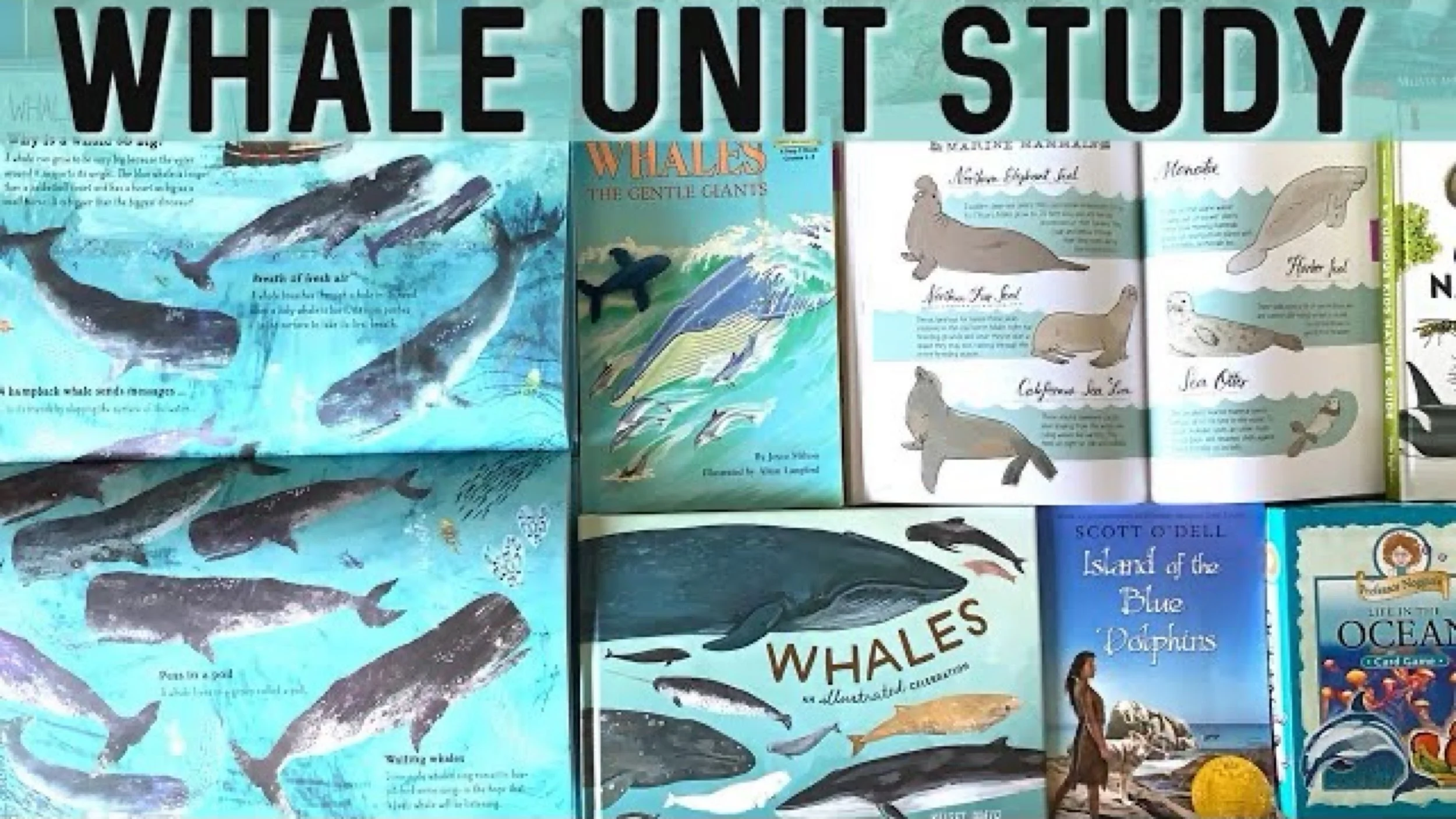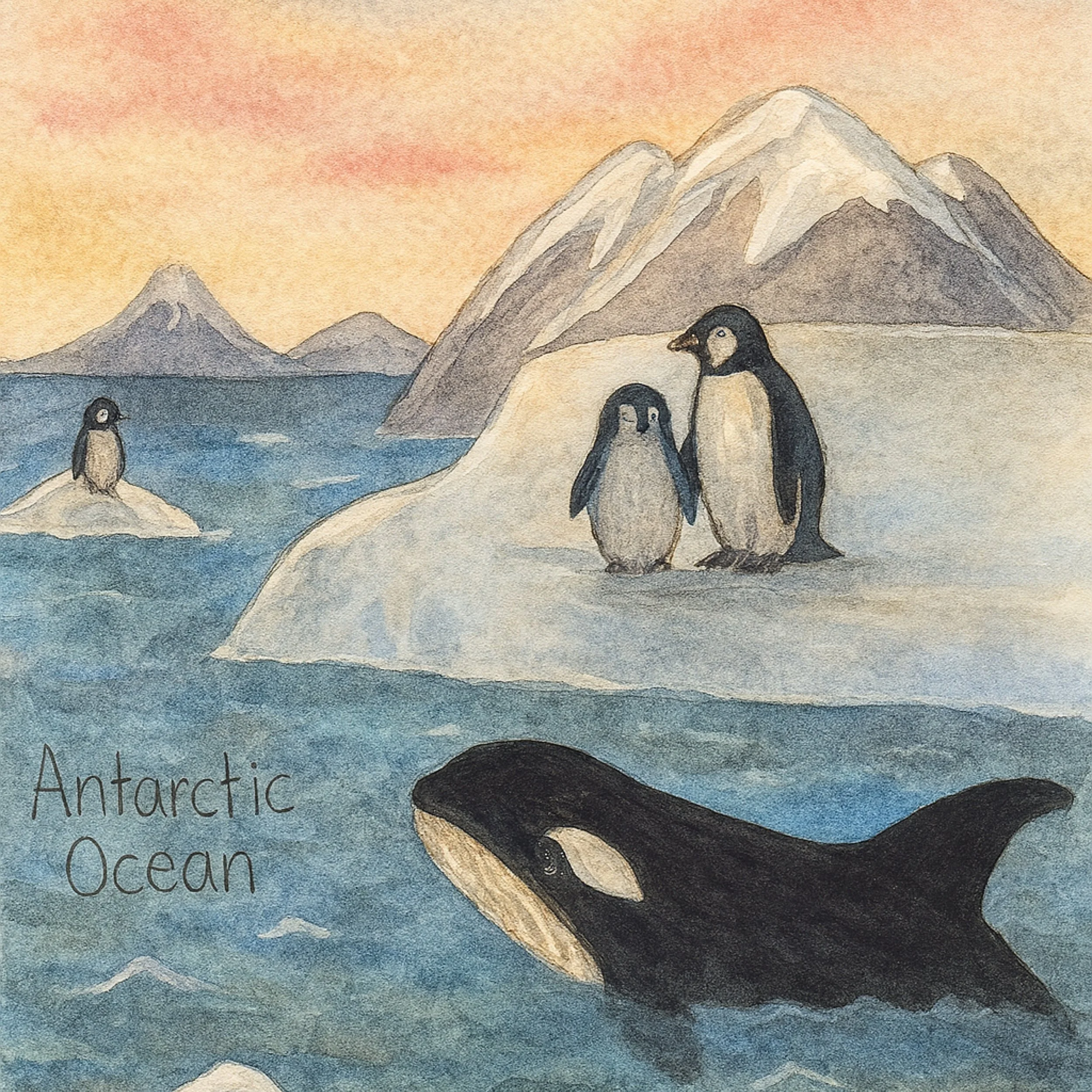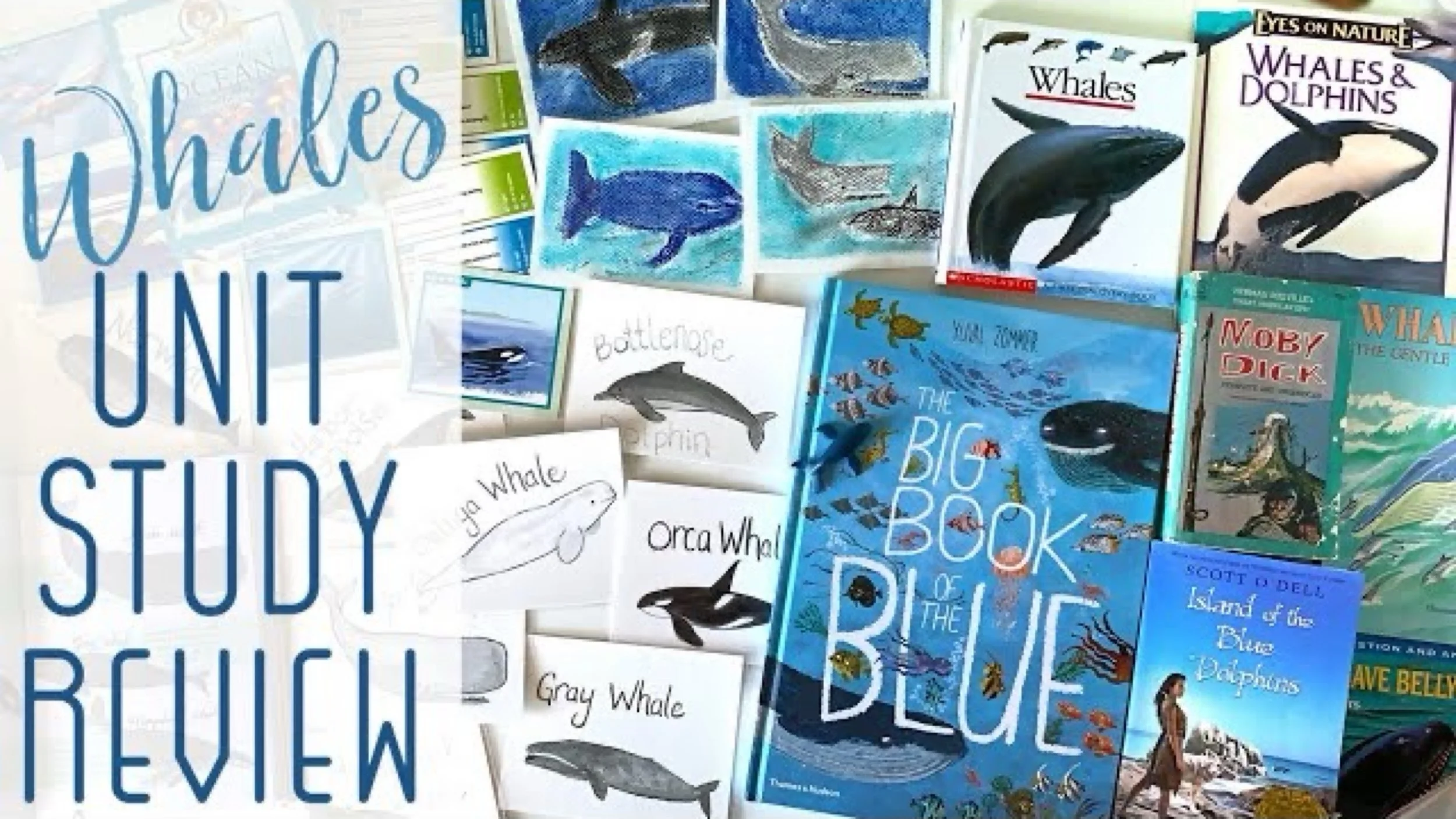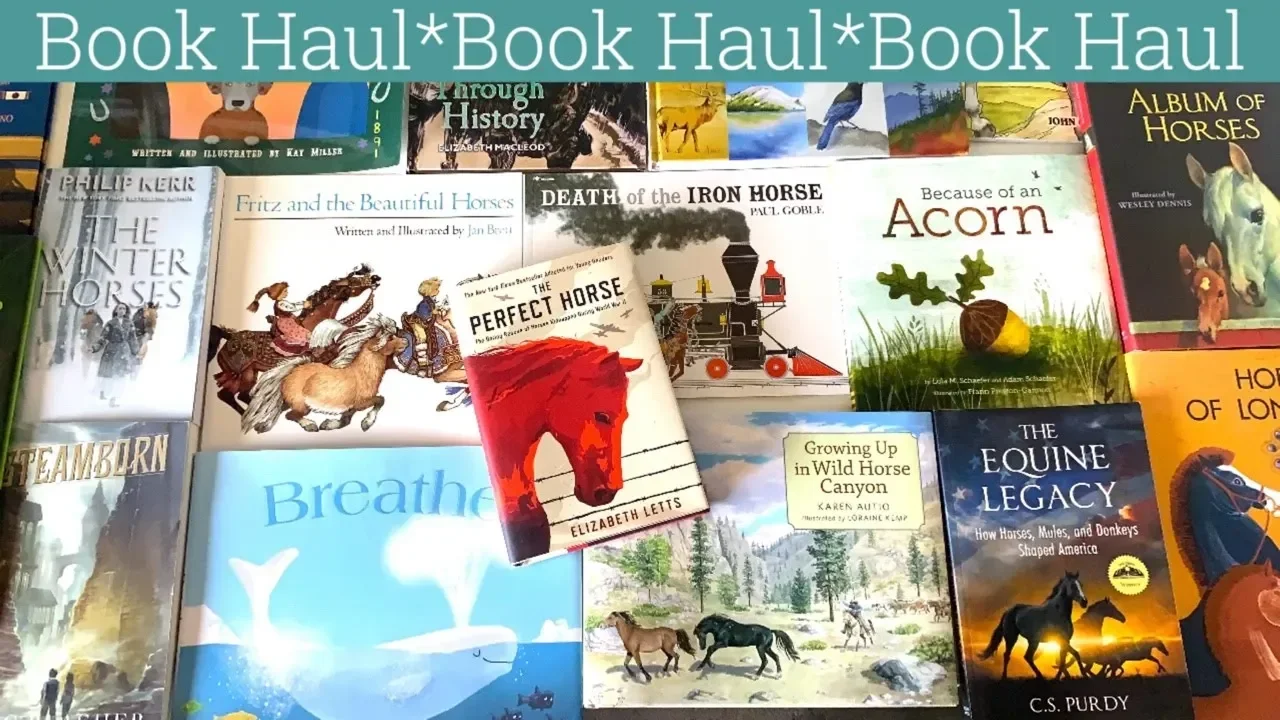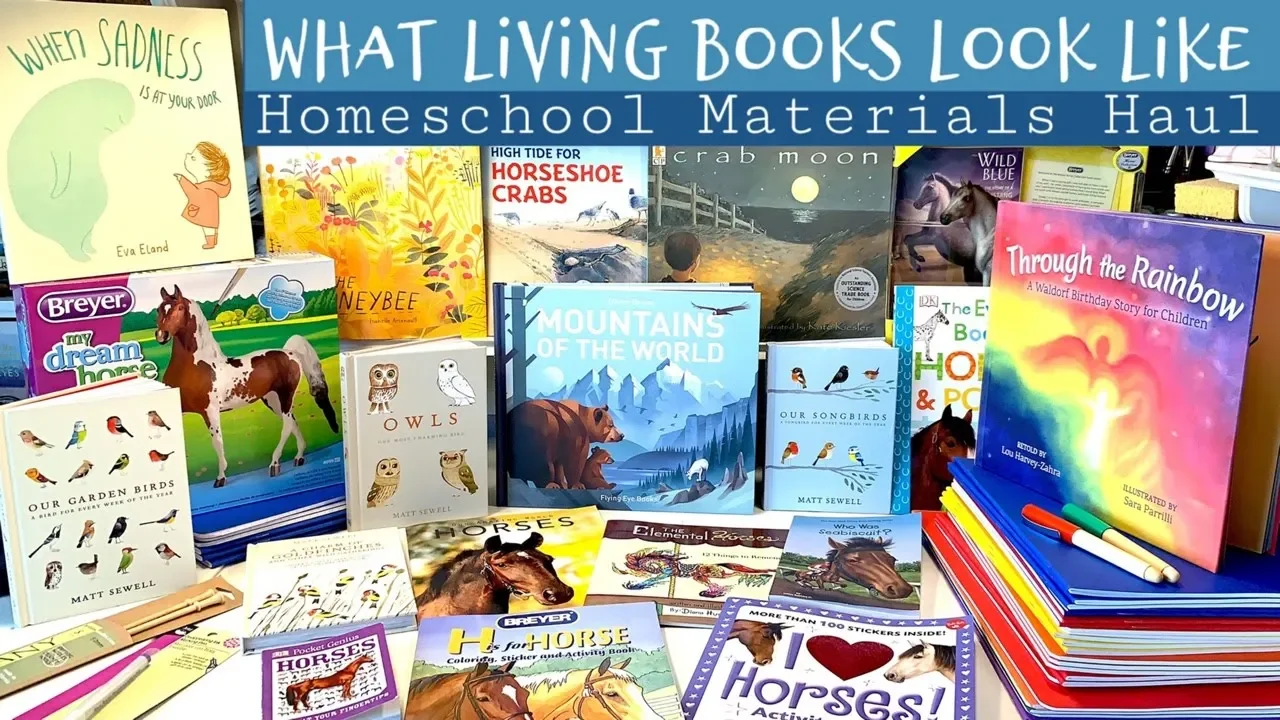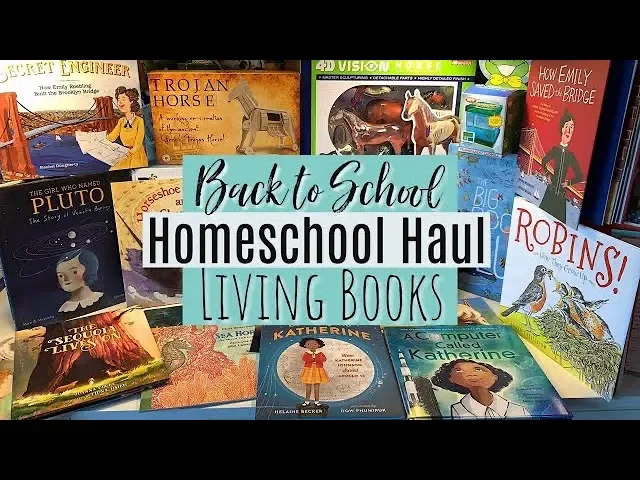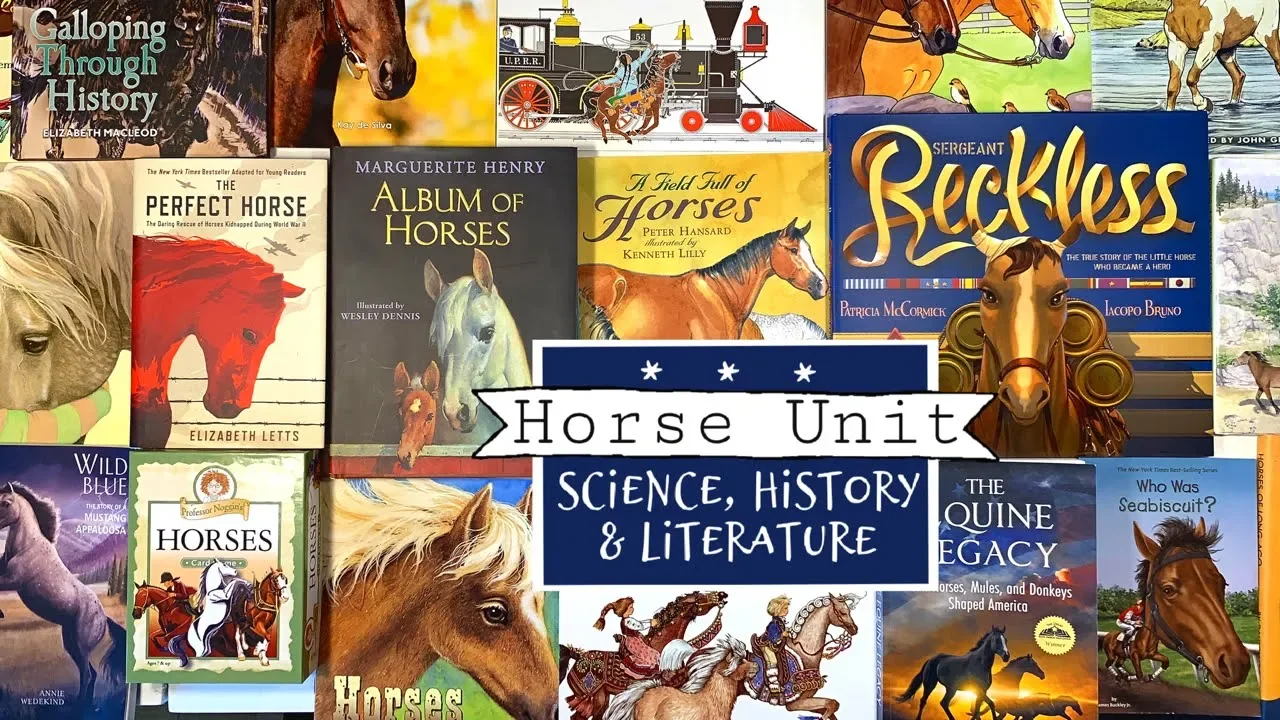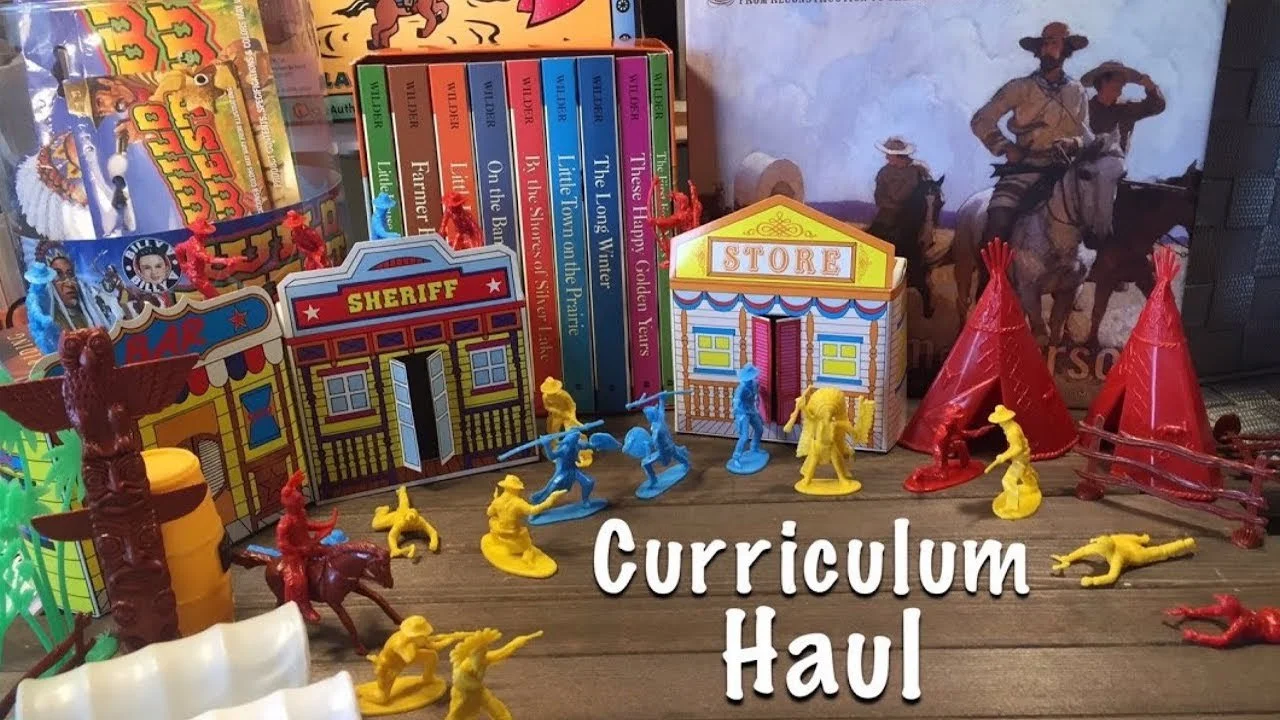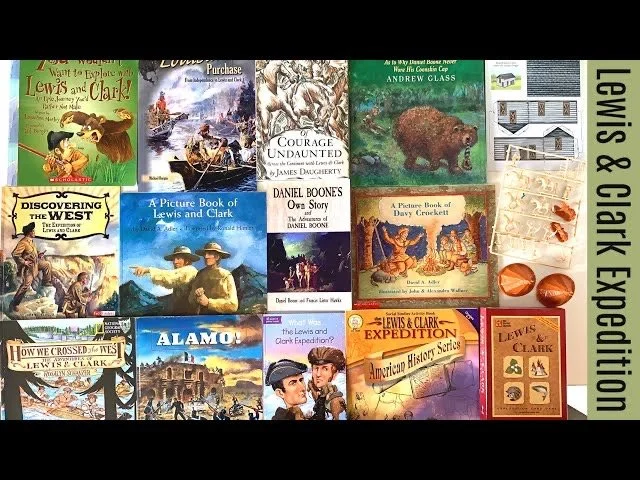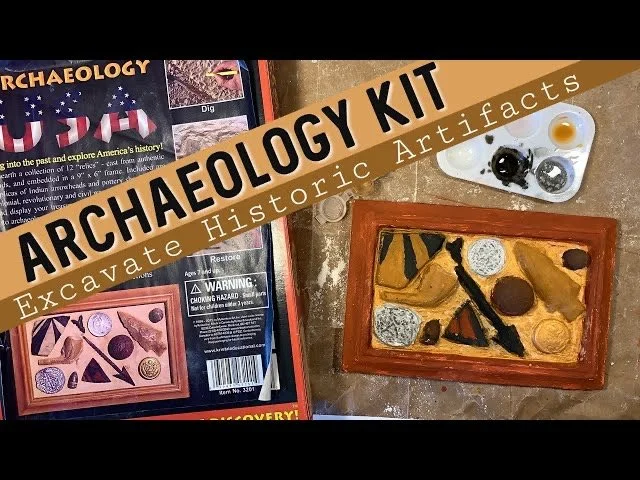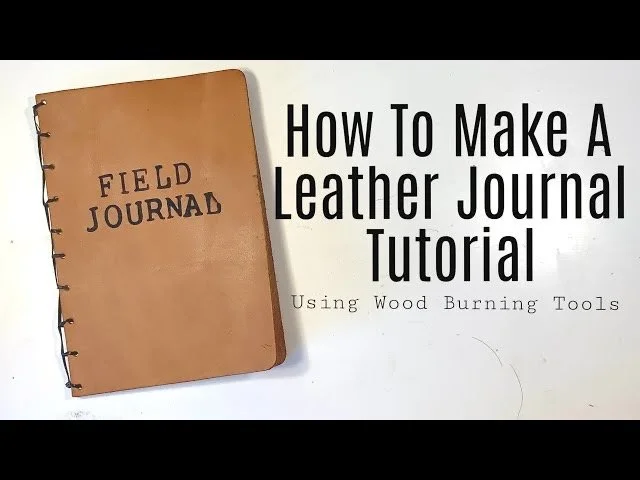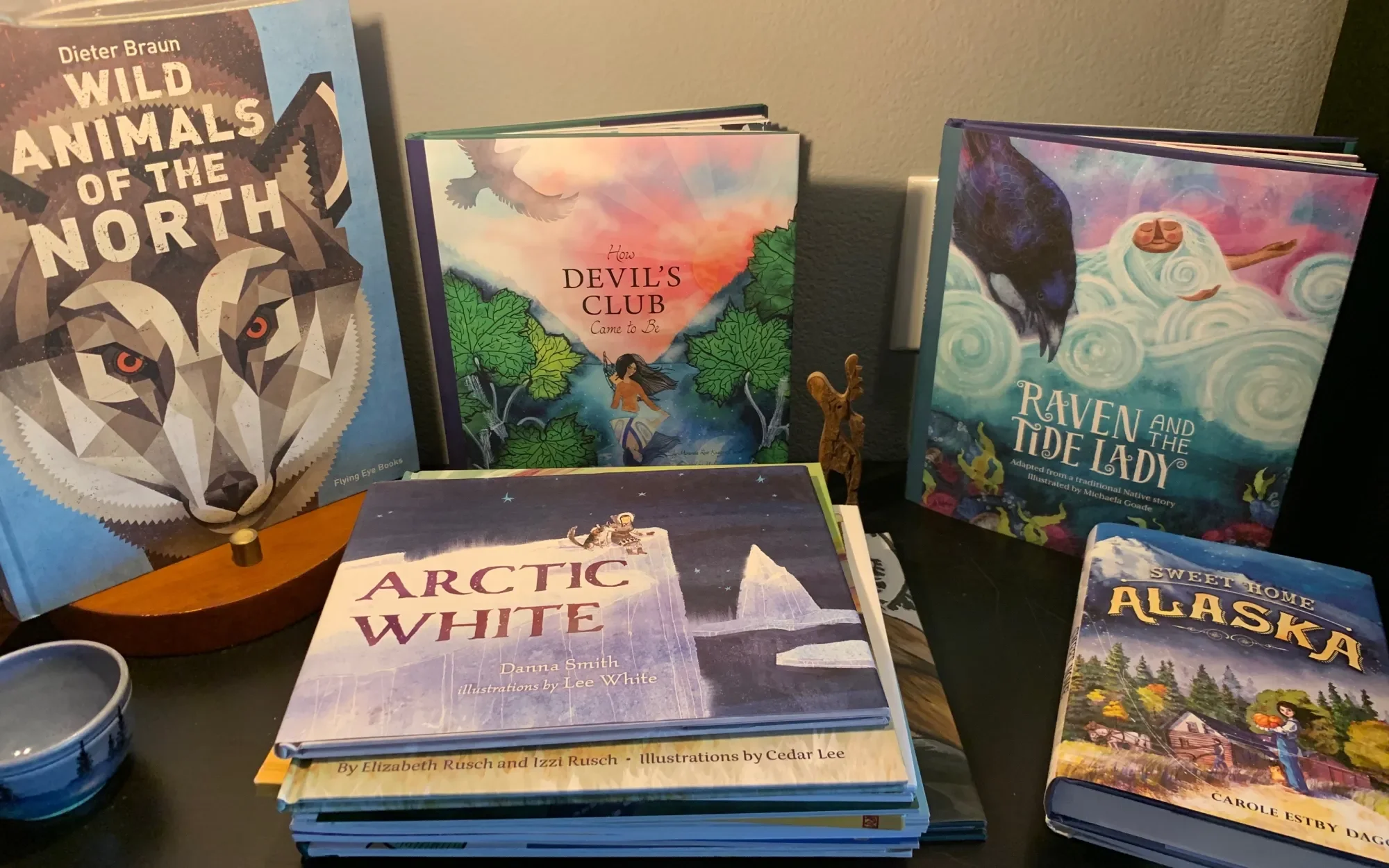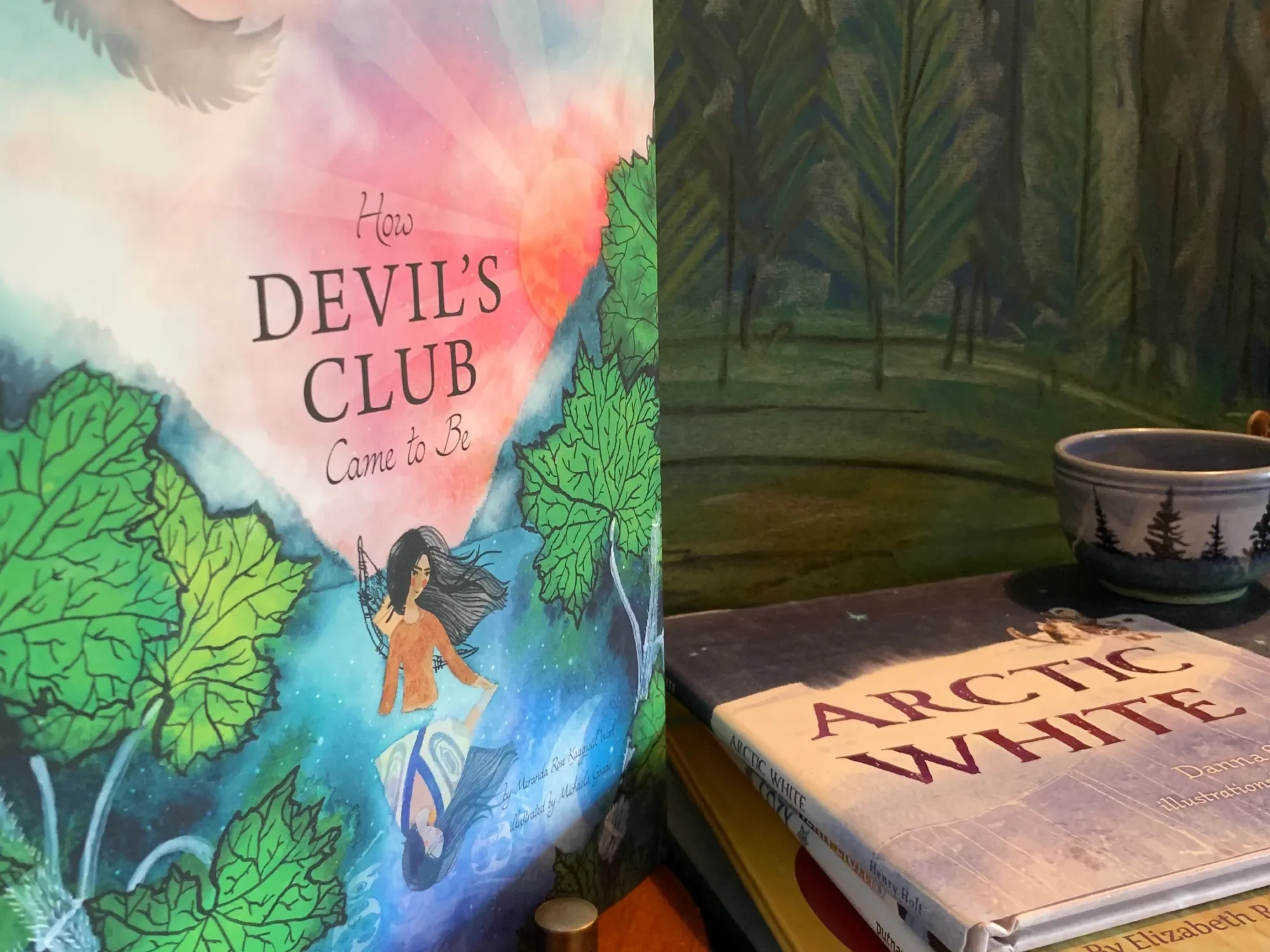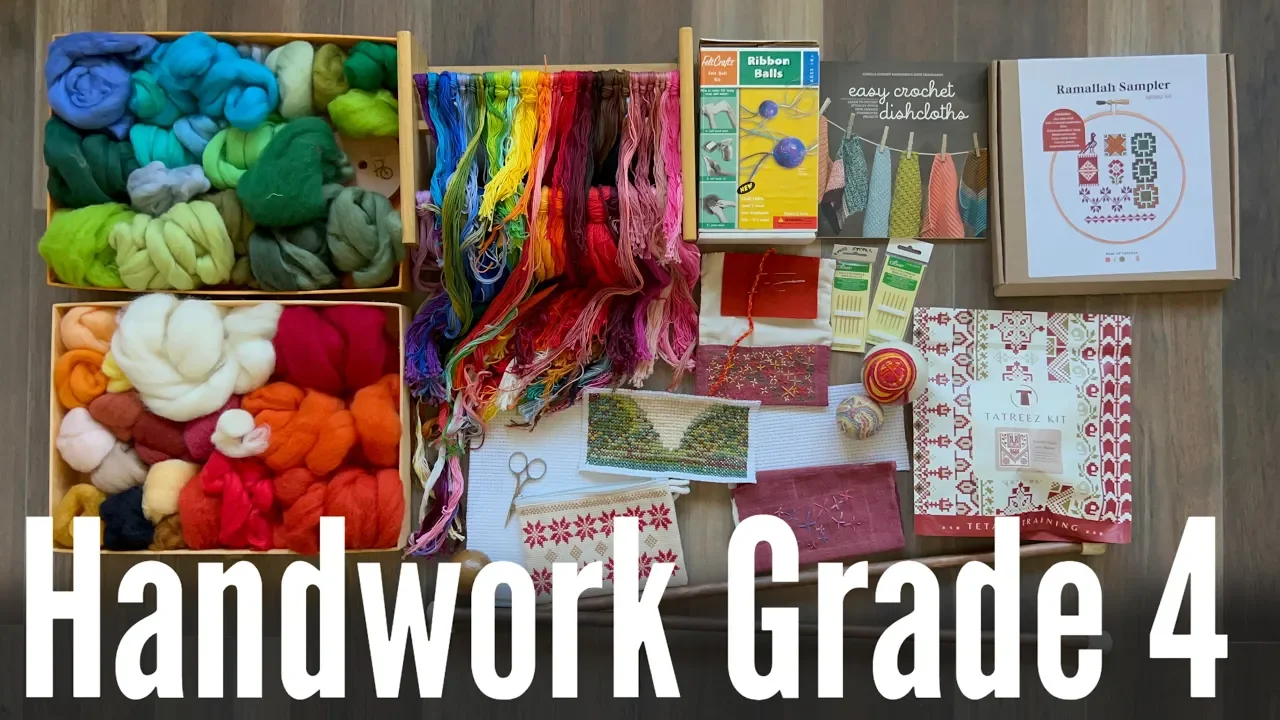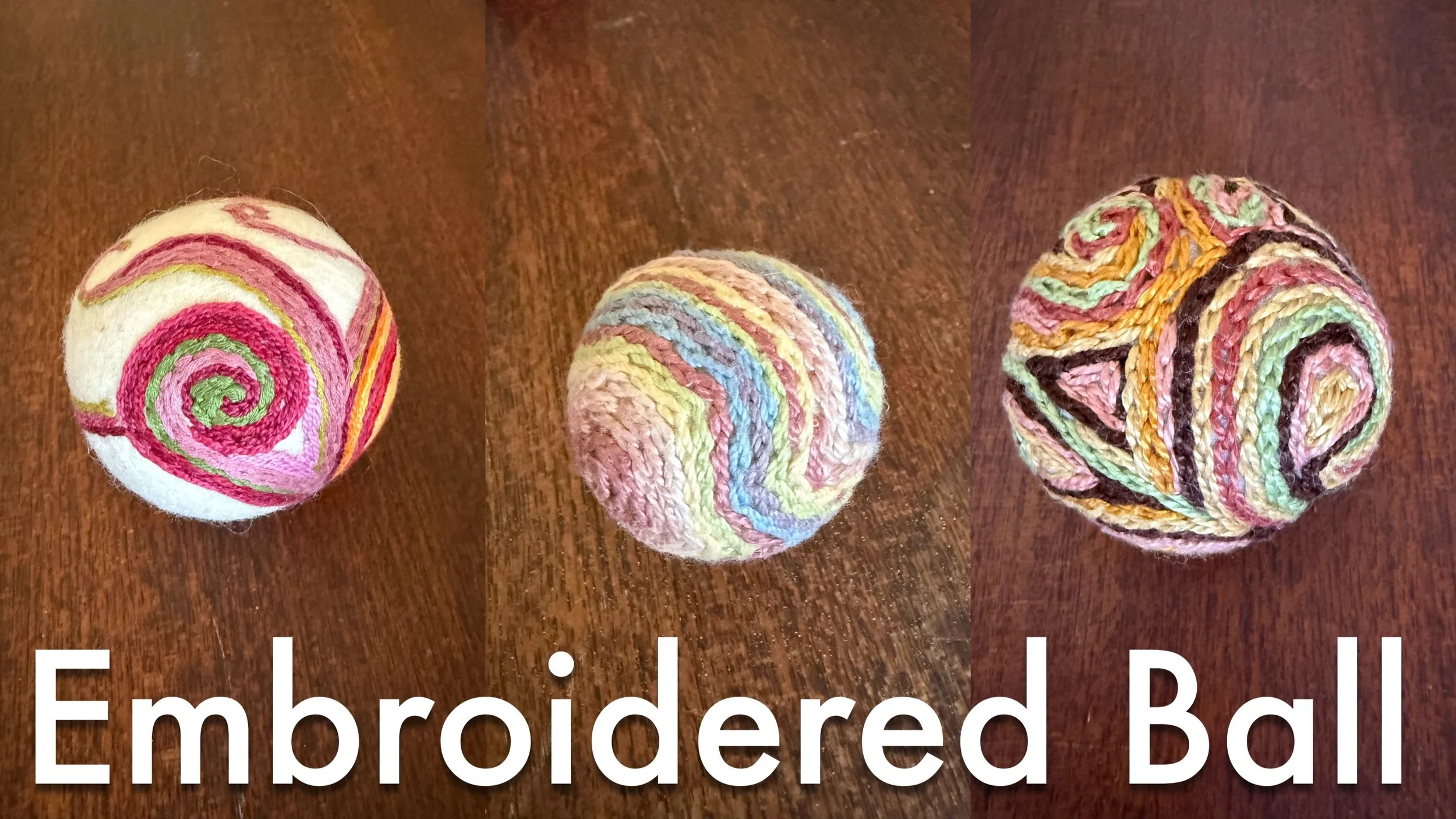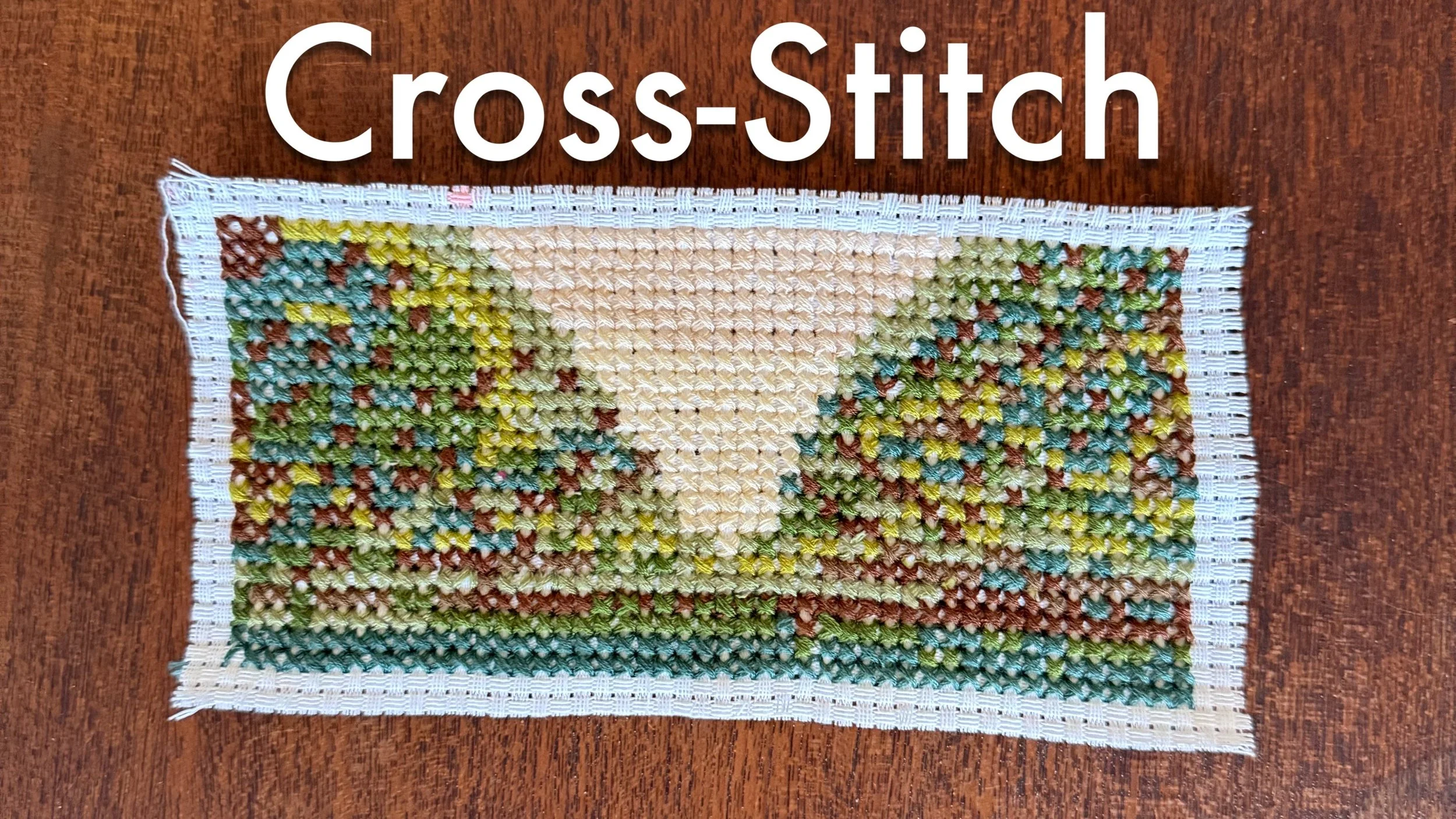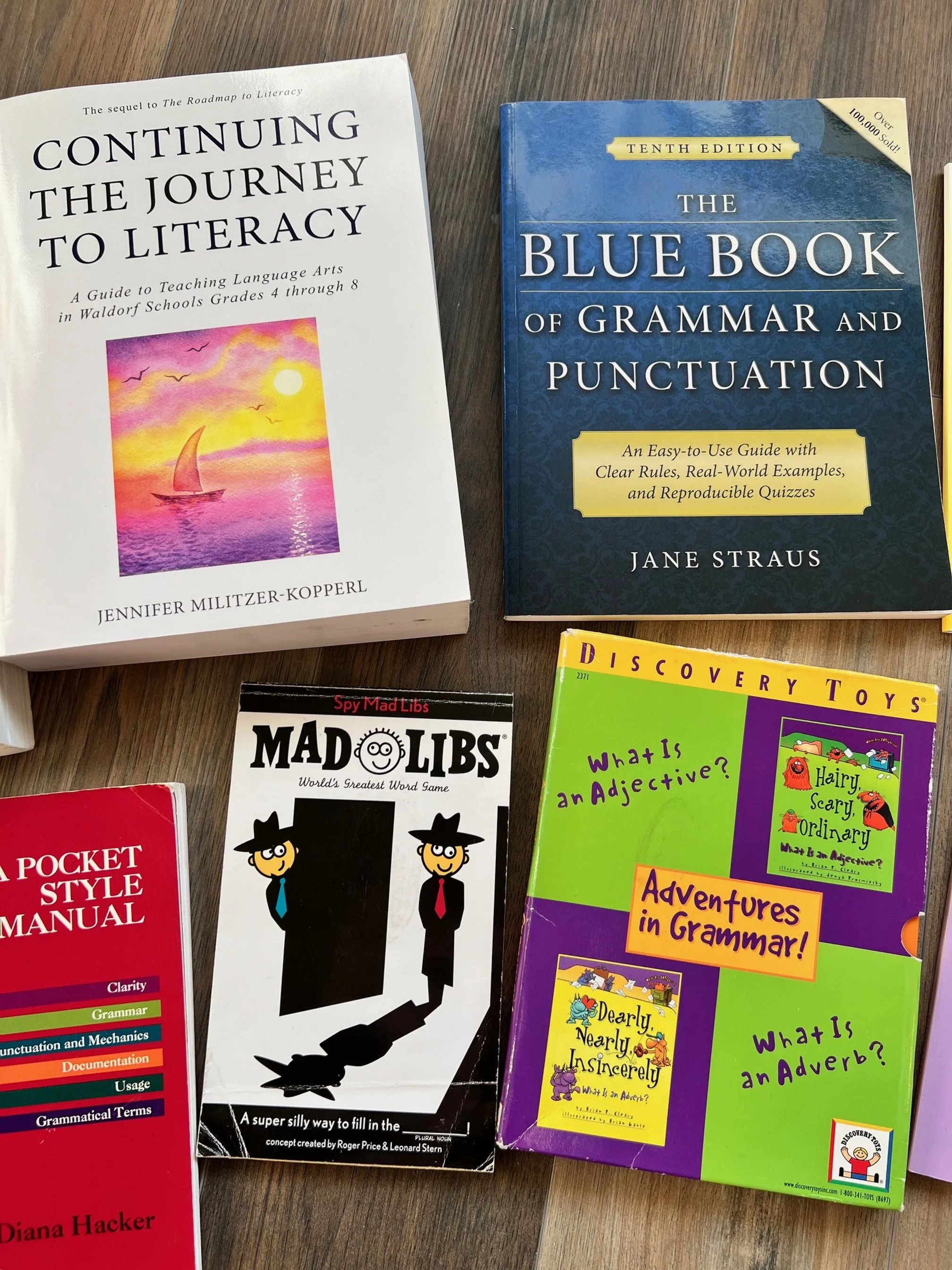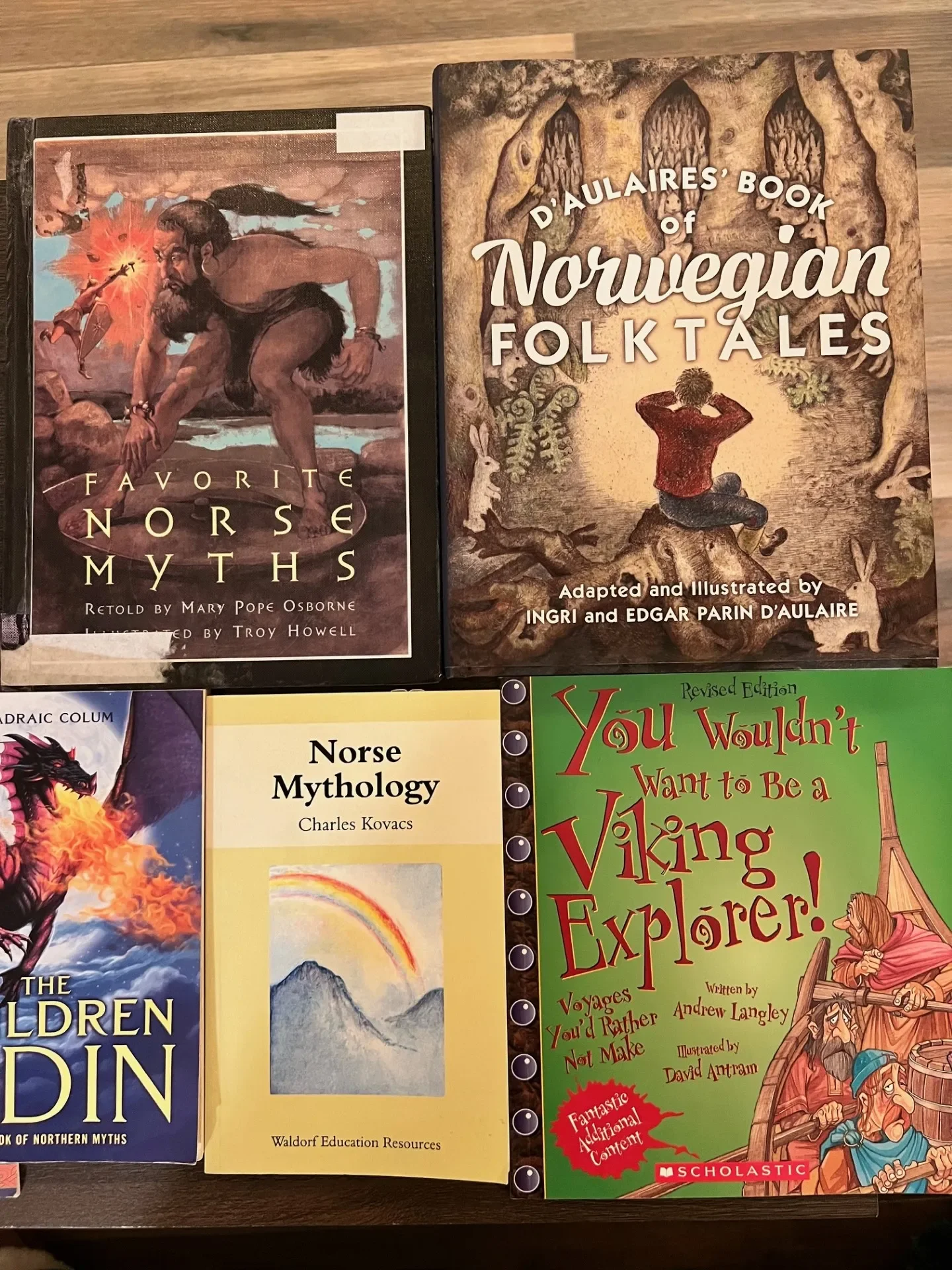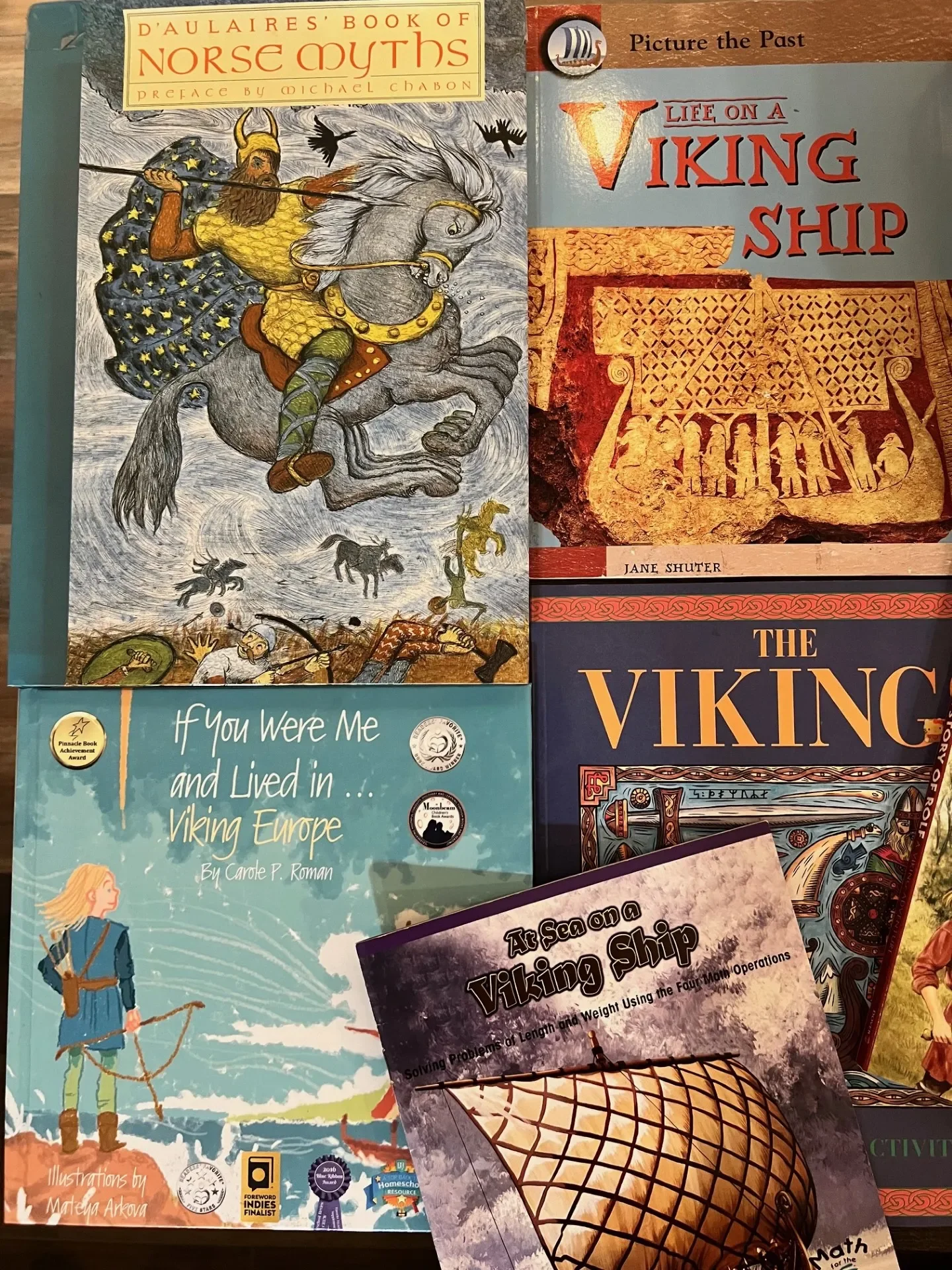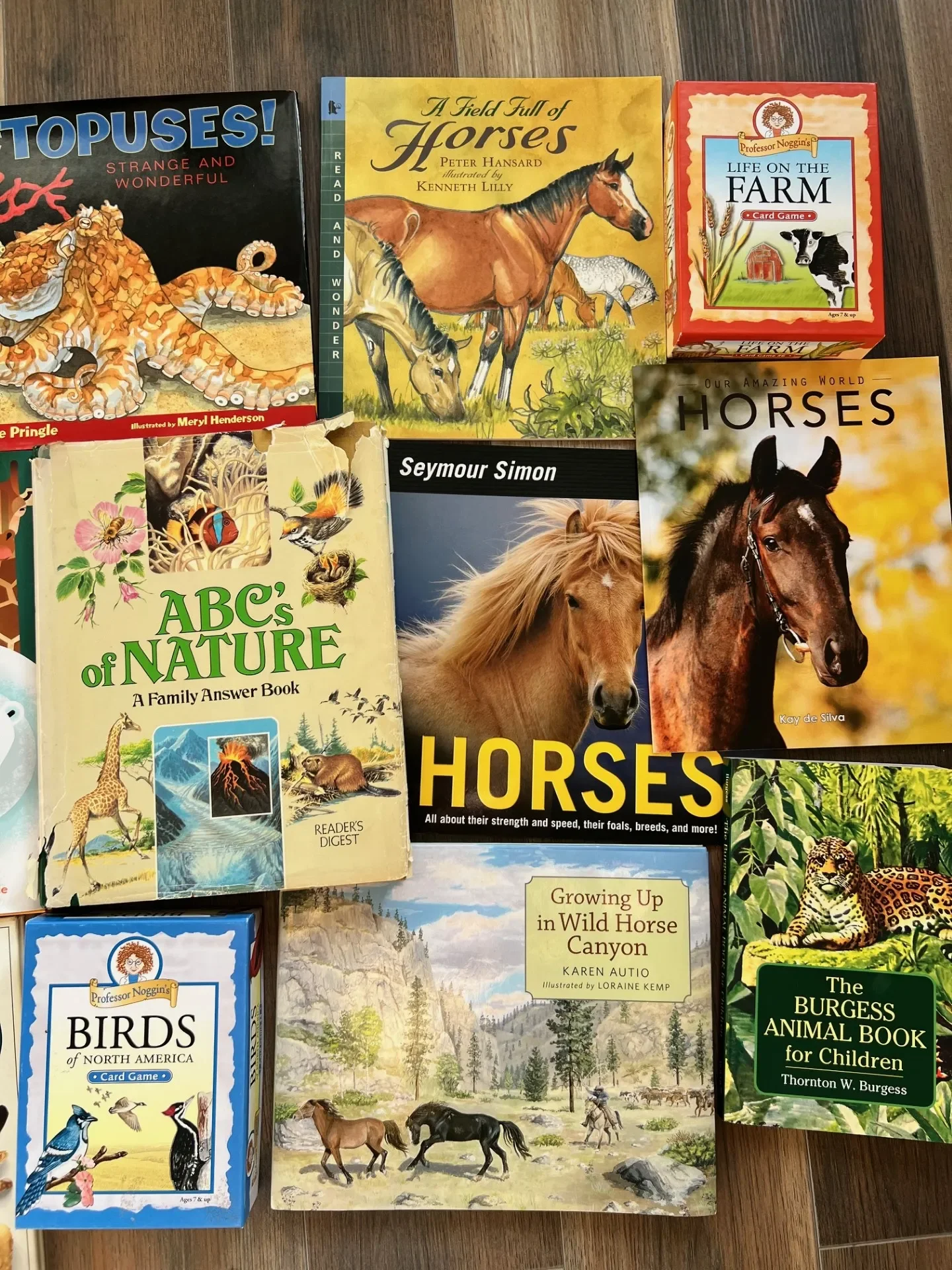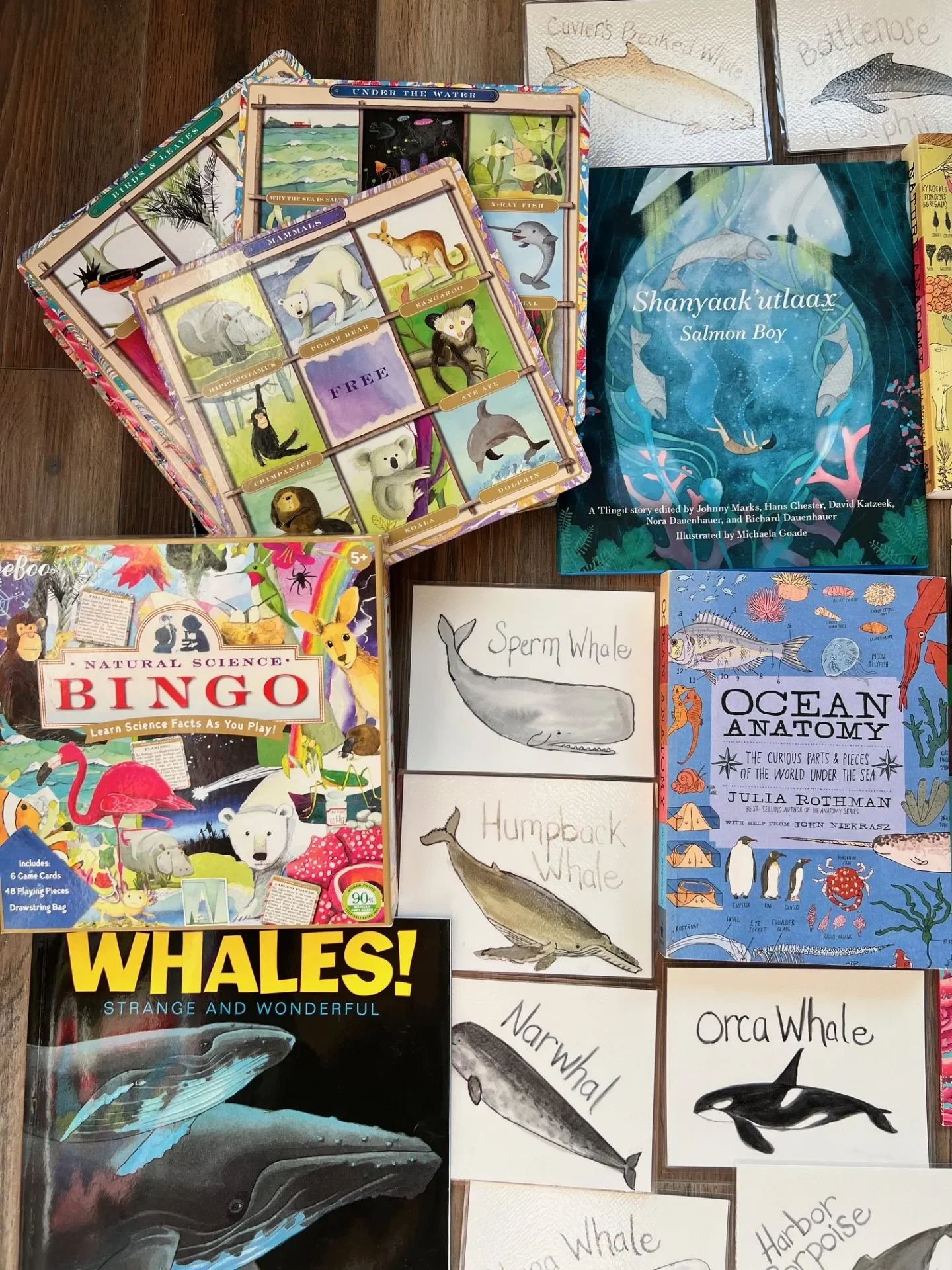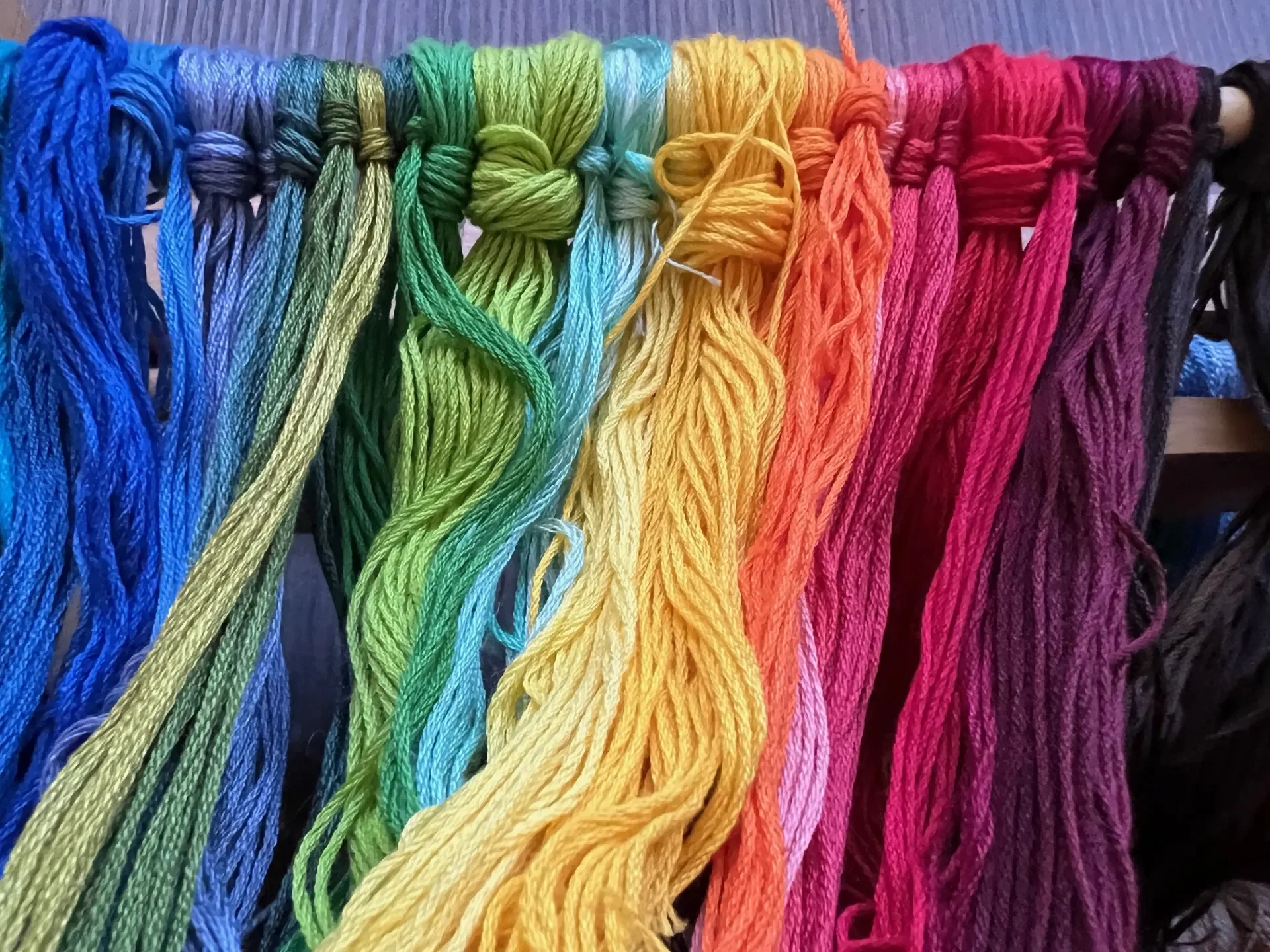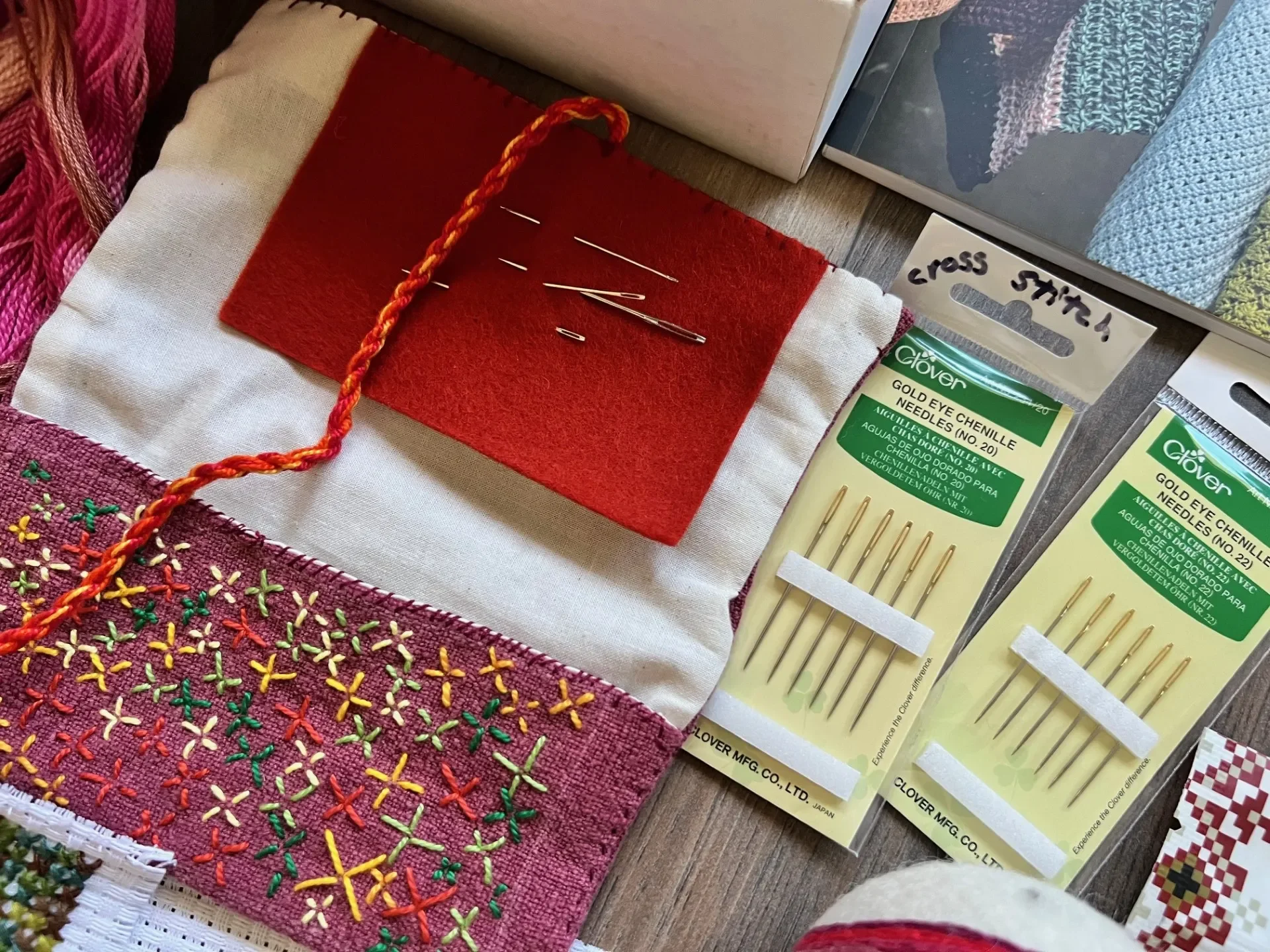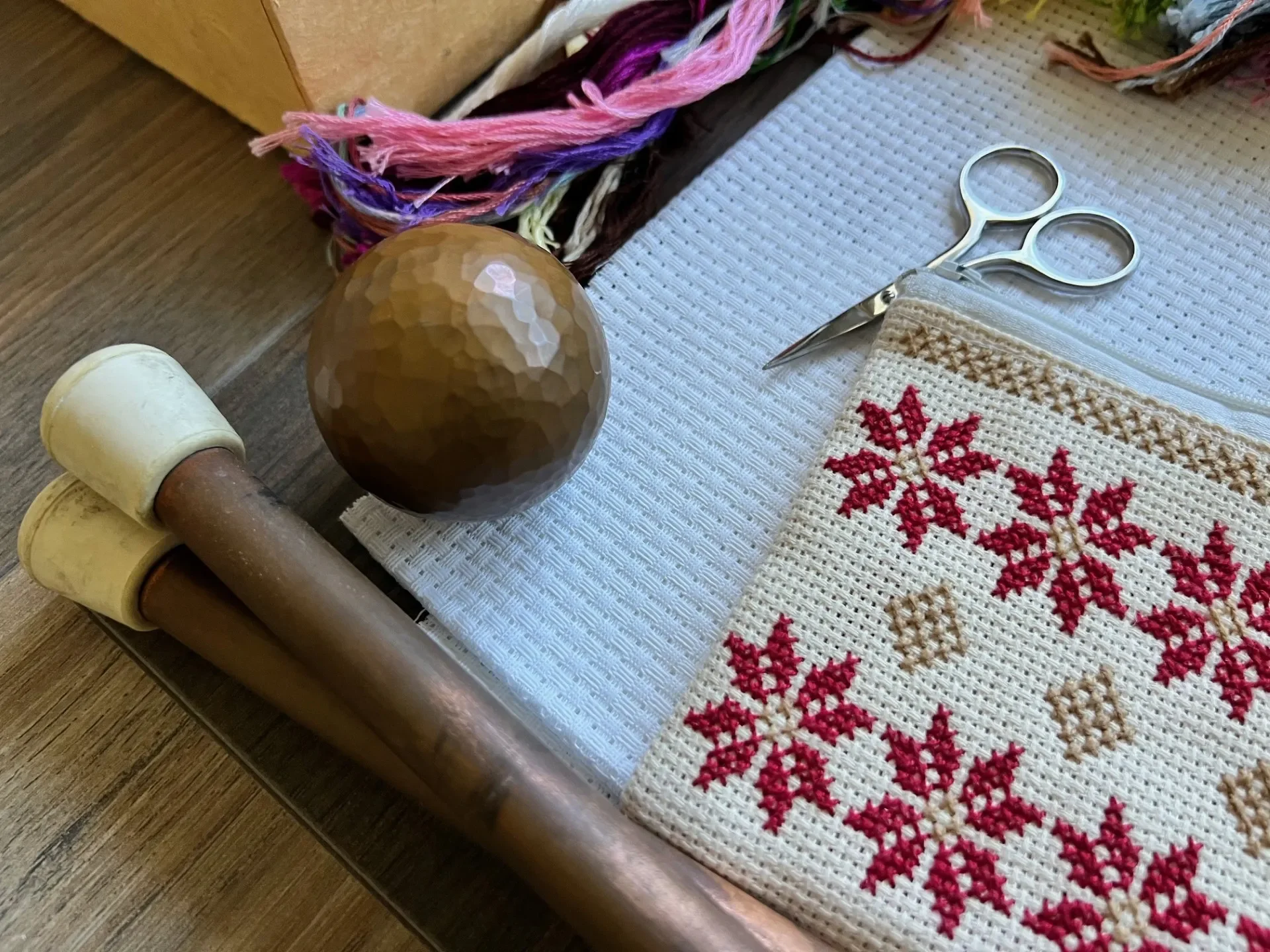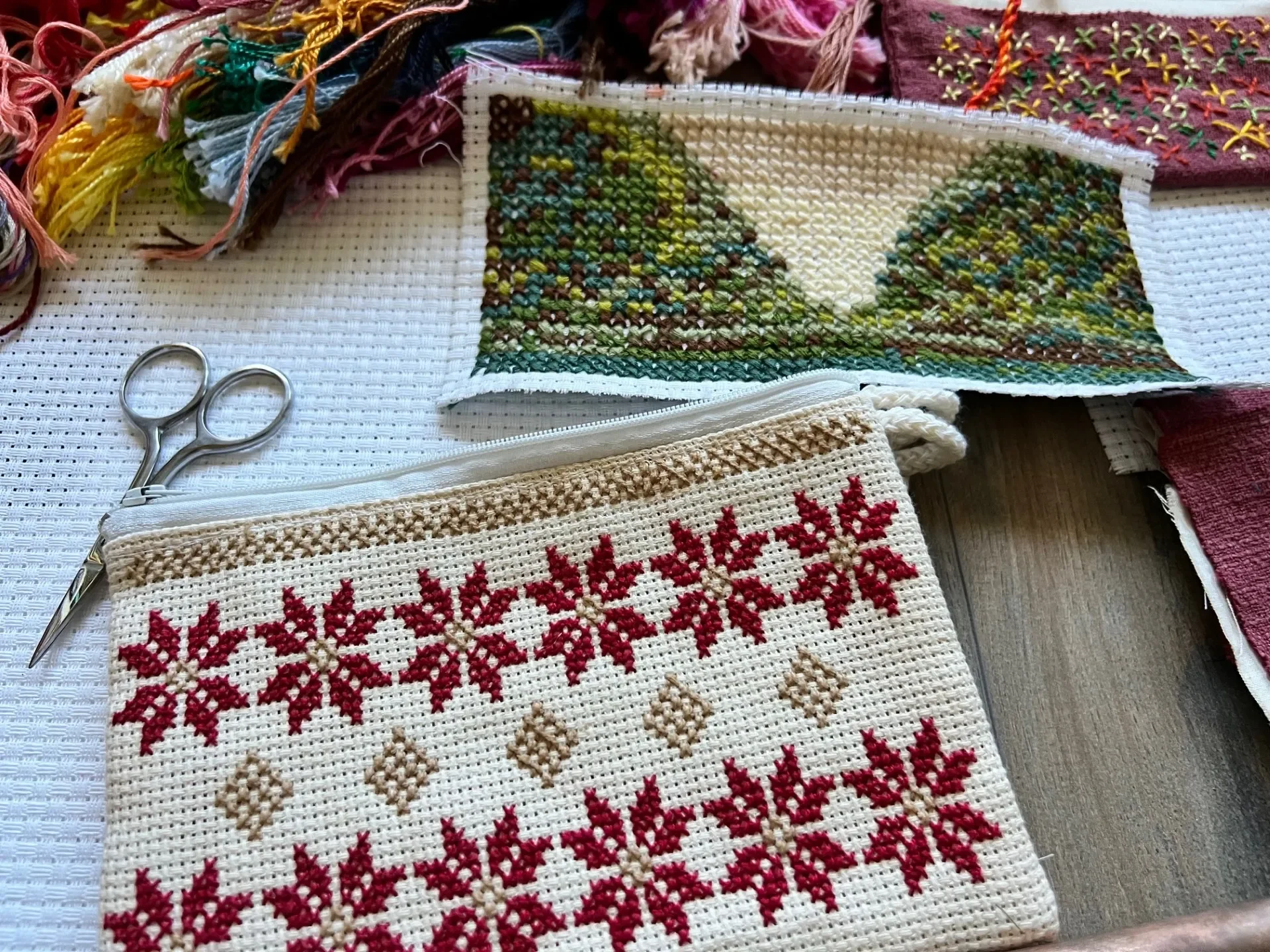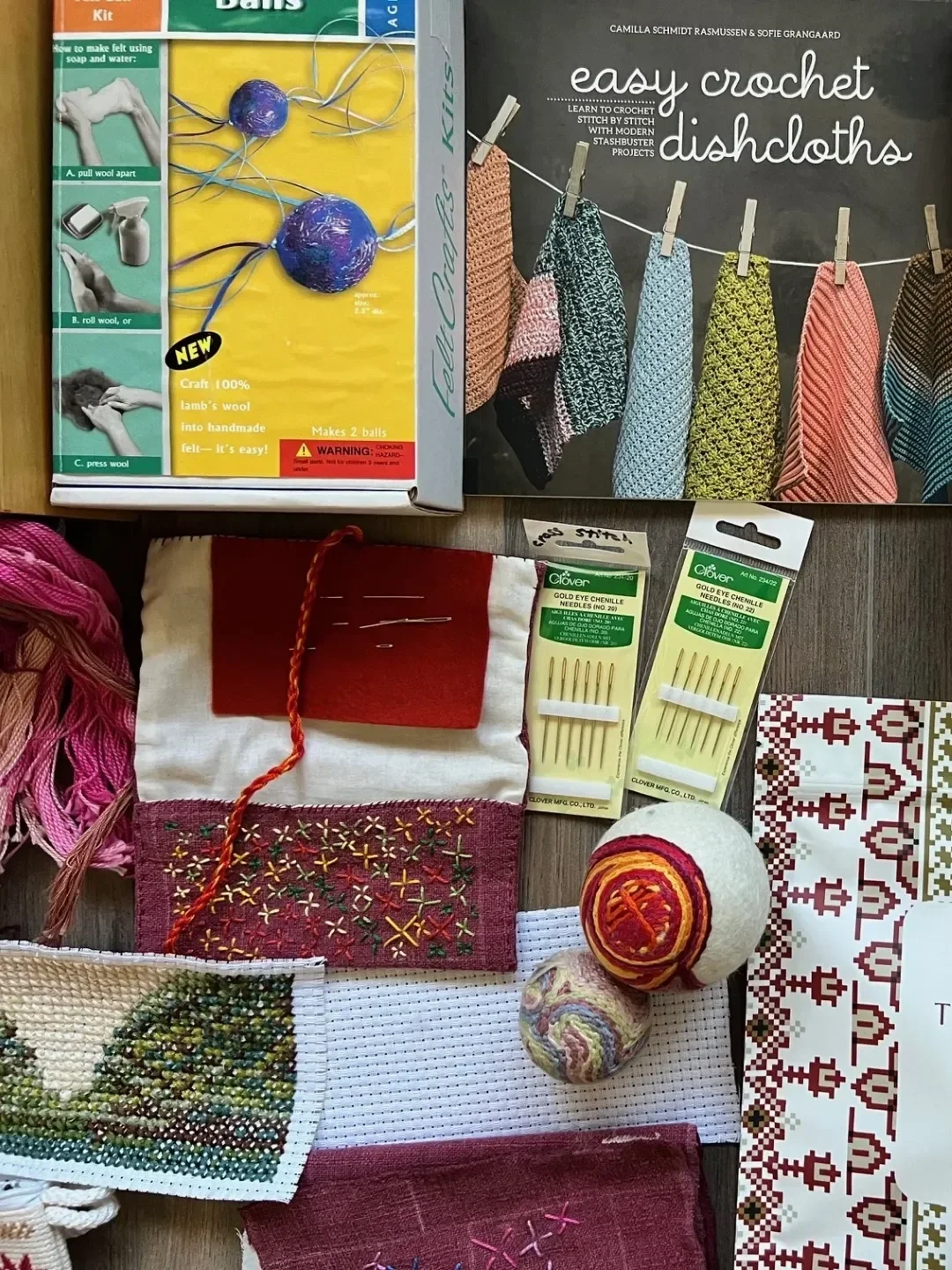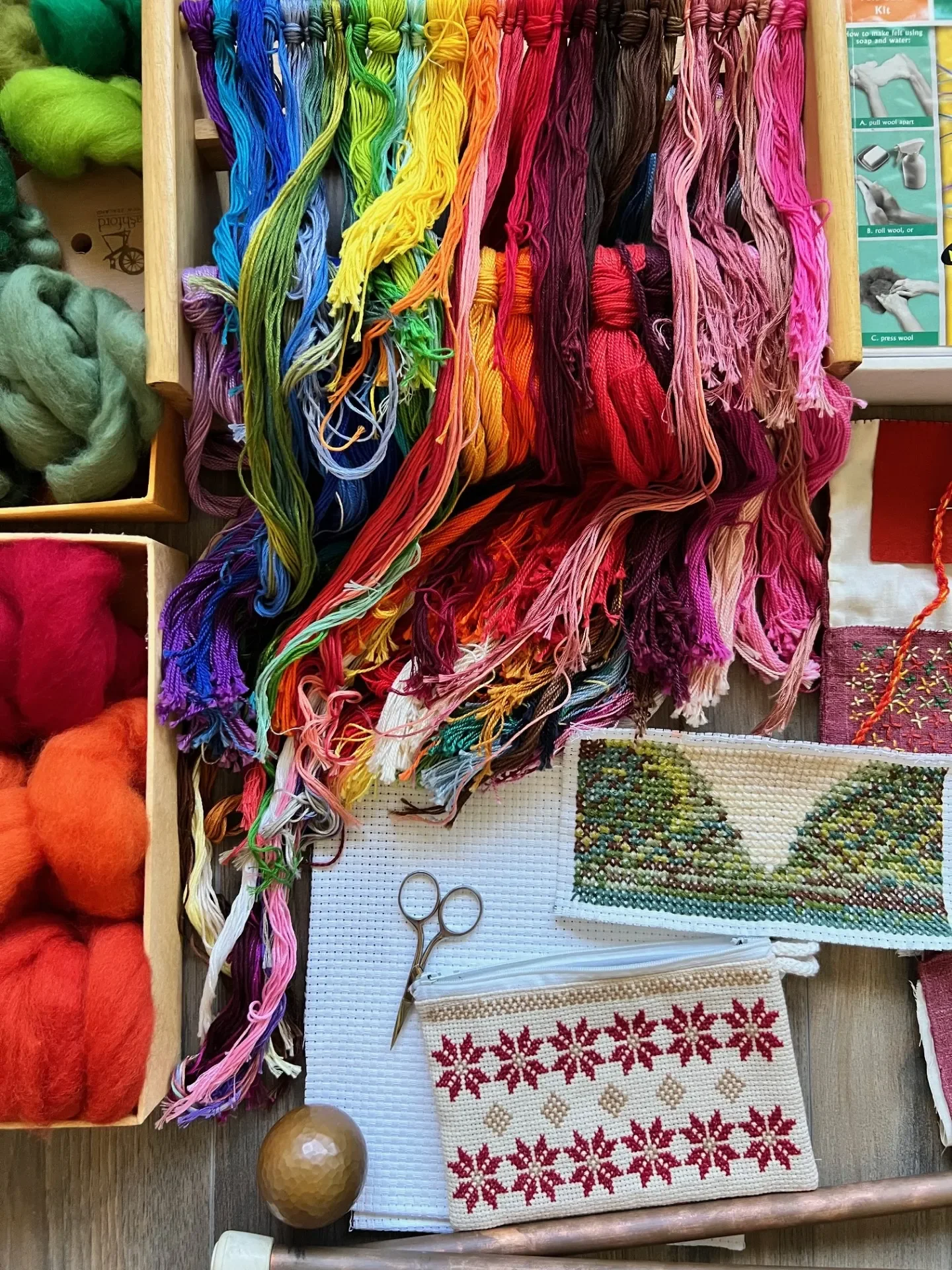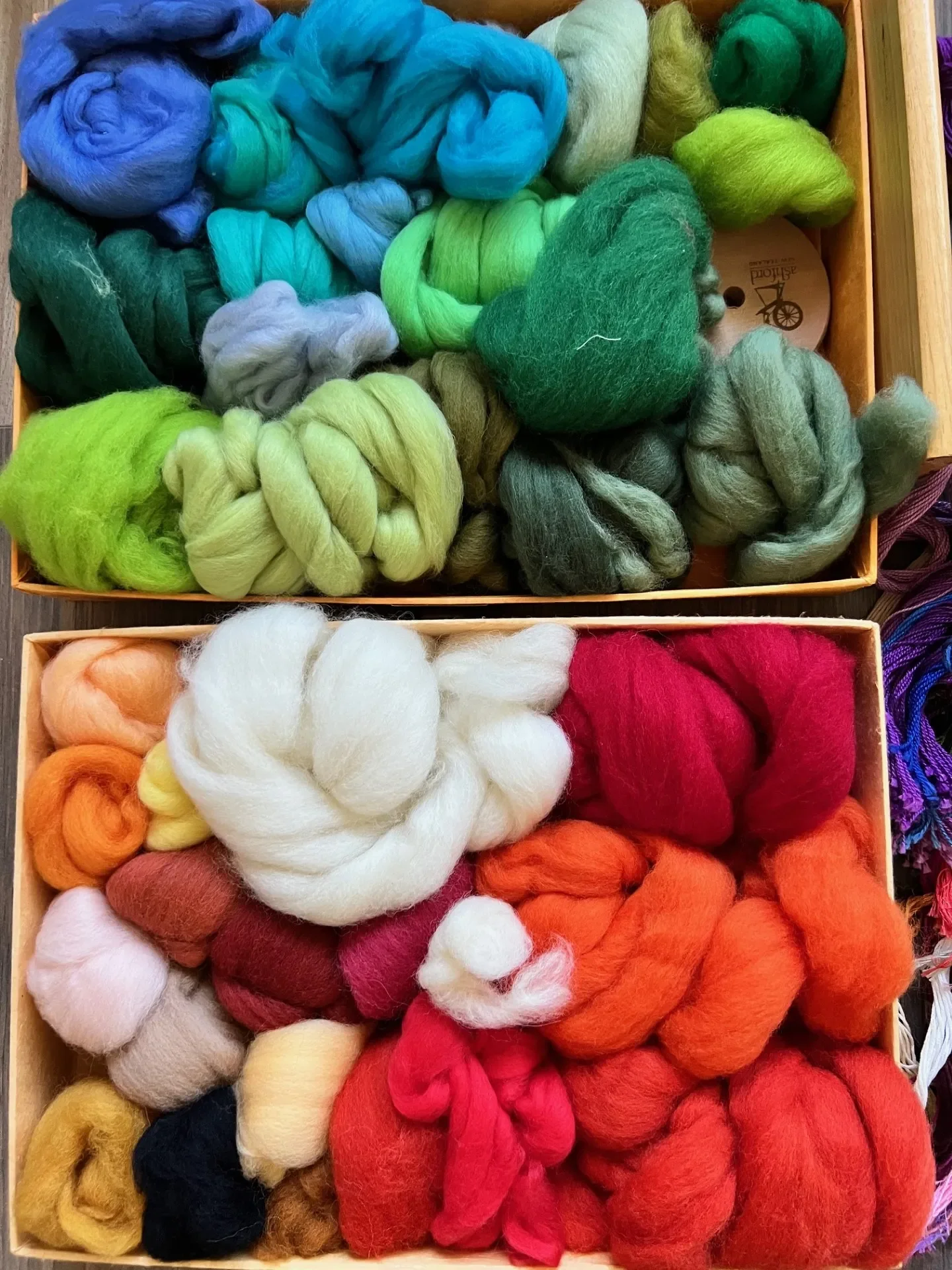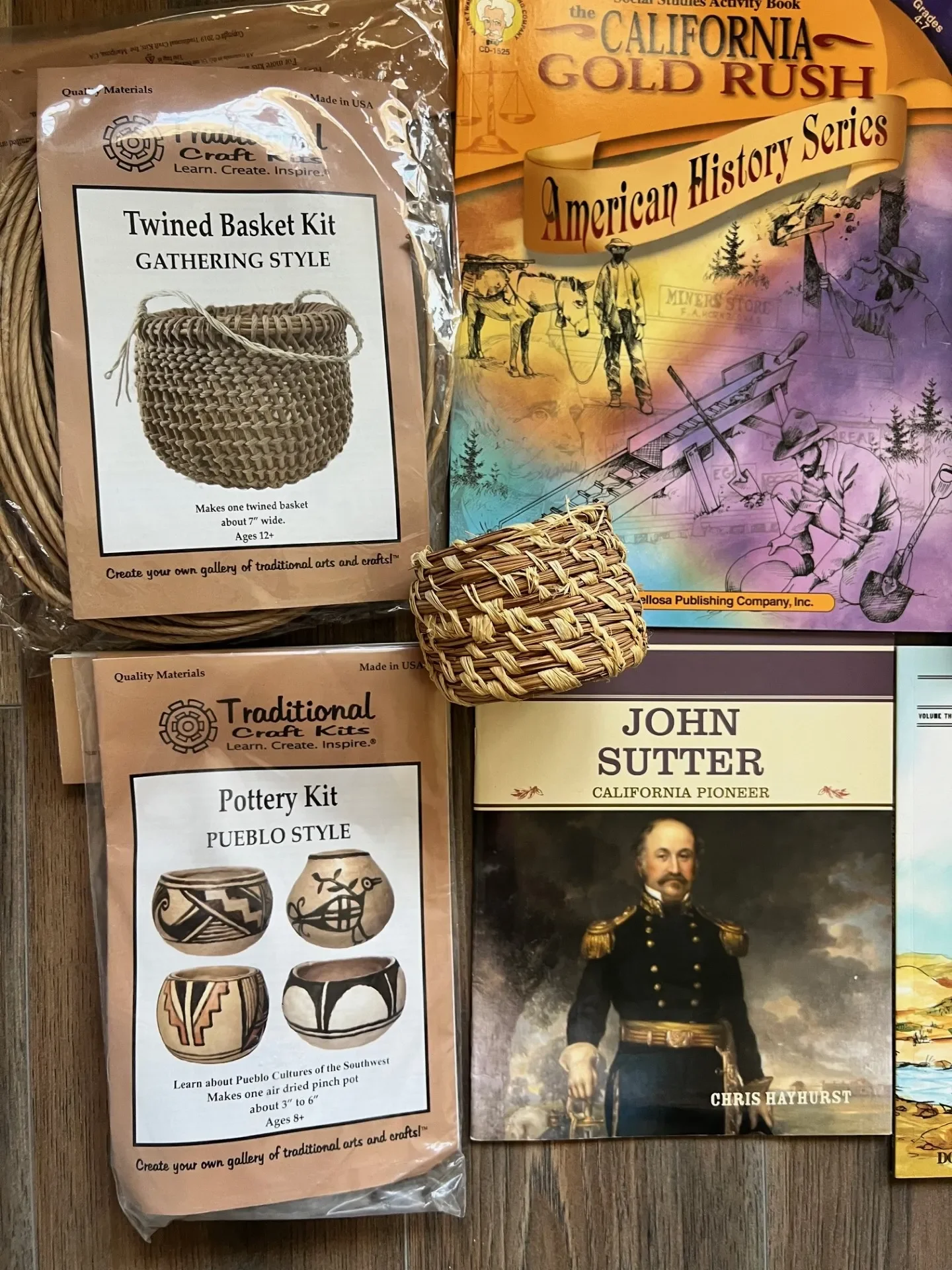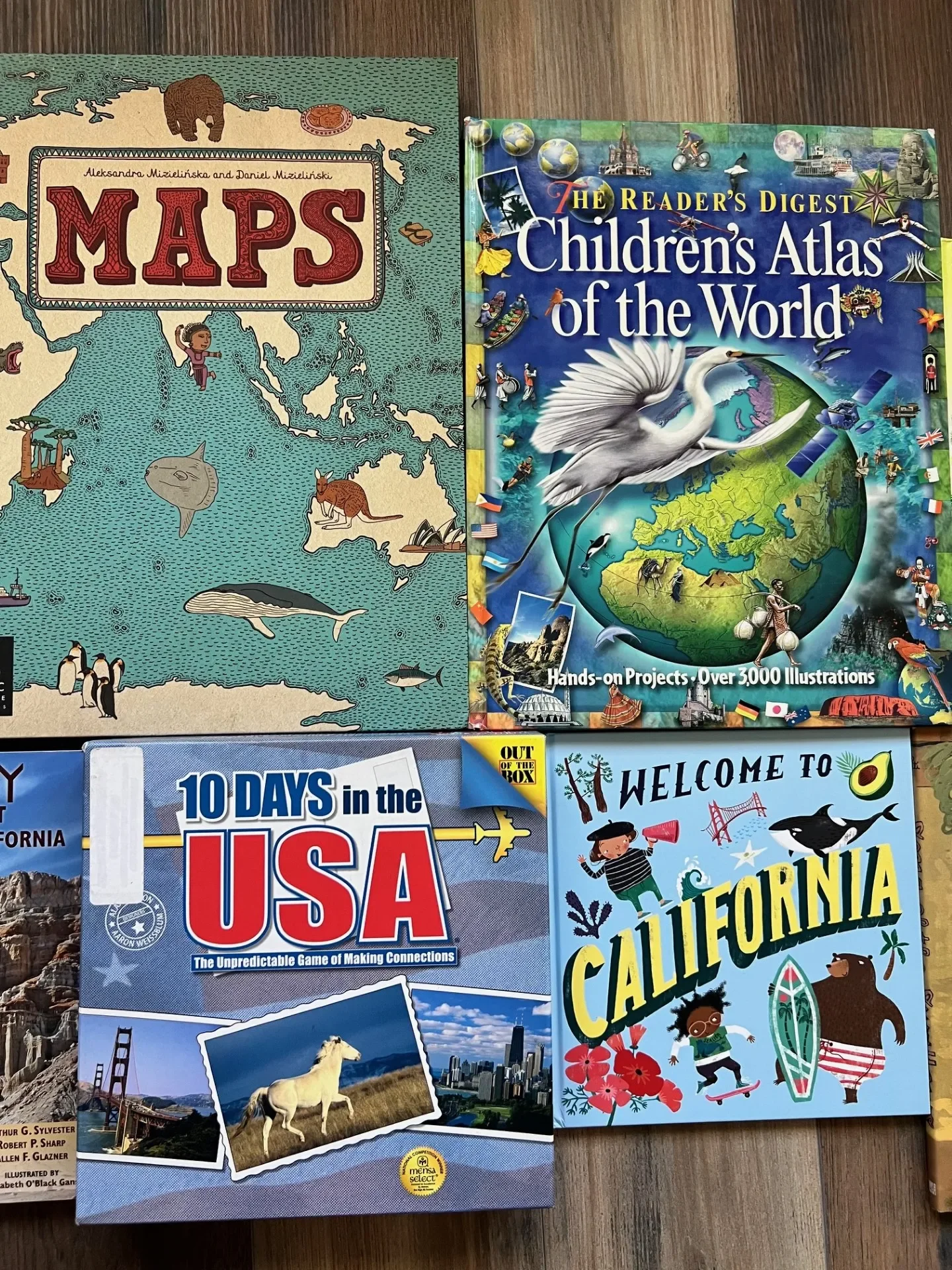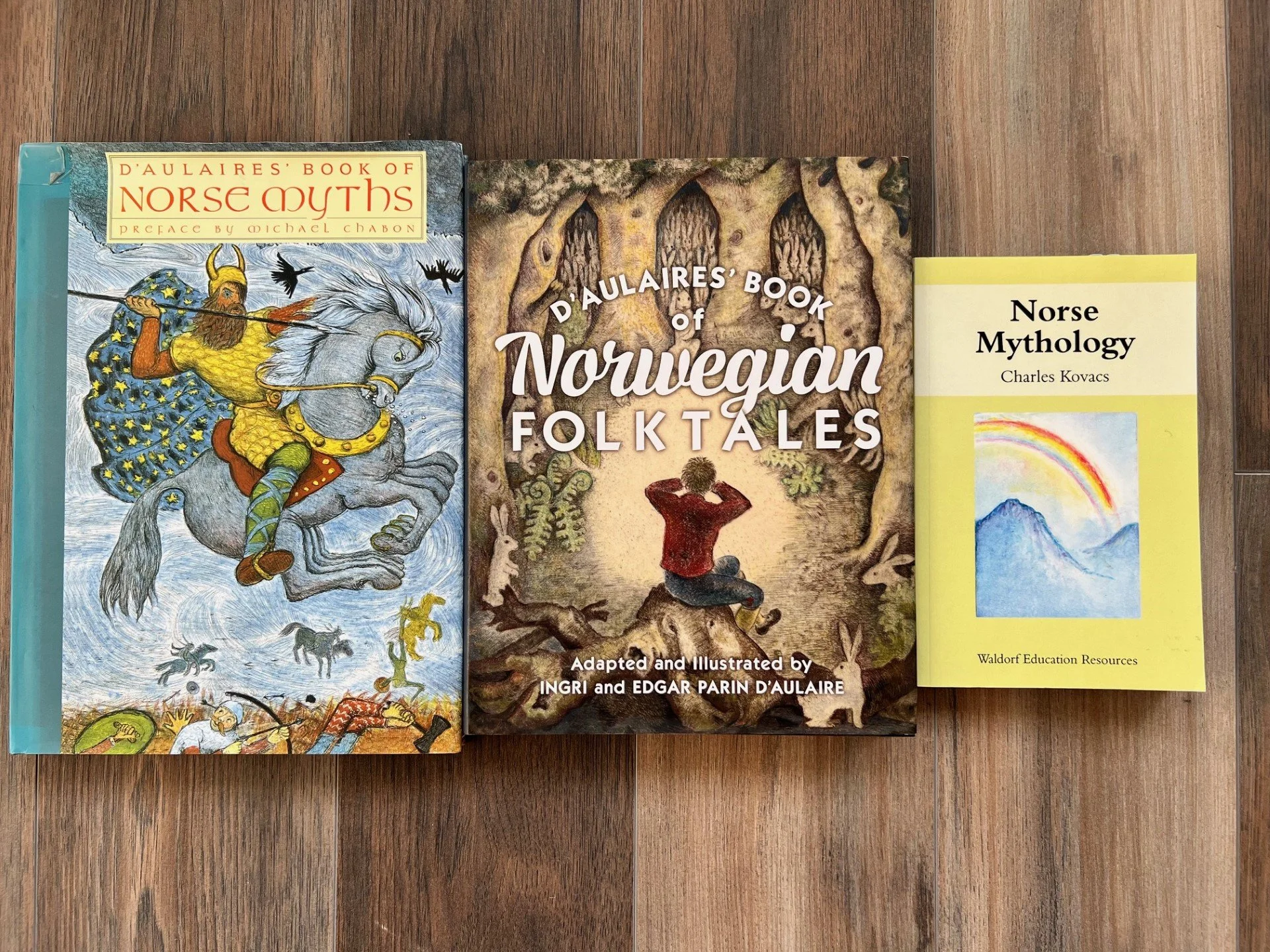Grade 4 | Age 10
By the time the student has reached fourth grade, the trials of the nine-year-change have passed, and this 10 year-old child feels a surge of independence, energy and emotional vividness. They are ready to explore the world and their place within it, both literally and symbolically. Now that the child has crossed the threshold from the dreamy early childhood into the more confident self-aware stage of middle childhood, they are ready to embark on the beauties and challenges of this new phase of development. They ask themselves “Who am I?” and “How do I fit in this world?” They may feel strong and purpose-driven, but they now must contend with the new emotional upheaval of the “loss of Eden”.
Up to this point, they lived with purity and little to no self reflection or introspection. Now that they have descended into the reality of this world and have lost the fantastical imaginative world they came from. In the Waldorf pedagogy, this sentiment is paramount to Adam and Eve leaving paradise and coming down to Earth. The 10-year-old must meet the challenges that confront them in this ‘new world’ they are experiencing with meaningful responsibility, curiosity, and independence. The curriculum will engage and challenge their intellect and their imagination as they take on more demanding work in math with the introduction of fractions, percents and decimals and reflective lessons in zoology as students explore the uniqueness of humankind and its construct and uprightness juxtaposed to the animal kingdom.
Bold stories that are dramatic and historic appeal to children in Grade 4. In Norse mythology, a student’s emotional reality is supported and reflected in the stories of Odin, Thor and Loki. Especially in the stories of Thor when he was banished from Asgard and forced to live a life on earth. Norse mythology provide moral lessons, and examples of courage, pride, and fate, while continuing to feed the imagination of the child. Stories are we told richly and orally, and students show lesson work both artistically and narratively.
While we occasionally included a Norse mythology main lesson block, we also chose stories that represented our cultural and religious background. In order to have a Waldorf curriculum reflect universal truths of child development, stories that support these monumental changes in childhood must be found in all cultures and traditions. I chose to include “heroes” and role models within our religion and history to personify the archetypal human experiences of courage, integrity, and humility.
The other history blocks include Norse Myths legends, Beowulf, the Kaldava and local history. As there truly isn’t a Waldorf curriculum but rather pedagogical ‘indications’, how you teach local history, geography or any other personalized main lesson block should keep some basic principles in mind: Teach from the whole to the parts, teach was is perceptible to the child, refrain from analogies, abstracts and critical thought (in elementary school), and keep the lesson pictorial in presentation. Children think in images at this age, so lessons must be root in pictures described through story.
One of my favorite blocks in all of Waldorf education is the Man and Animal block of Zoology in Grade 4. The first lesson in this block introduces the human being as a central, upright, conscious being distinct from the animal kingdom. The illustration is simple yet profound. Two arms, two legs, a trunk and a head make up the human form. We see that our legs are used to carry our bodies, our trunk houses are organs and our head houses are brain. But our arms are left free. Unlike other animals, the human being is able to use their arms to do good, to give charity and to better the world around them. This profound spiritual lesson is the most descriptive definition of the human being and enlightened human experience.
The lessons in Zoology continue with the archetypal animals: the lion representing courage and feeling and the rhythmic system (chest, heart, and lungs), the cow representing willing and stability and the digestive system (metabolic, abdomen, limb), and the eagle representing knowing and thinking, and the nervous system (head, sense).
We can see the contrast between the human form and that of the animal kingdom. We can also see that the human being embodies everything of the Animal Kingdom yet each animal represents only one part of the human being. But together the entire Animal Kingdom is reflected in the human being with one distinct difference: the ego. The human being is unique in this capacity for thinking, consciousness and spirituality. The human stands apart from yet within the Animal Kingdom. The animals are divided into three categories: head animals, trunk animals, and limb animals. These categories are not scientific. The scientific classification of the animal kingdom is reserved for upper middle school and high school. This is a soul experience with the animal kingdom and the zoology block Grade 4.
The Language Arts main lesson block is based on the history lessons of the Norse Myths legends, Beowulf, the Kaldava. Lessons in grammar, composition, writing, and spelling continue in Grade 4. Written narratives become longer, including full paragraphs and compound sentences.
The introduction of fractions in Grade 4 is a pivotal turning point in the understanding of mathematics so far for the student. The concept of dividing a number into smaller parts is not foreign to the child. They have lived fractions up to this point. If they shared a cookie with a friend and each received half. There existed a deep intuitive understanding that half is two equal parts, and that if one person received a larger half then it was not equal; it was not fair. Now that math will be represented in symbols and numbers. While they have previously been introduced to money, which is decimals and base 10, they will now see it represented visually and mathematically.
This may be the last year that the student has a main lesson block devoted to form drawing. While form drawing will continue to be part of the curriculum throughout the years, form drawing as a main lesson block ends this year with lessons on interlacing, braided, and knot forms. This reflects the complexity that the student is capable of achieving at this point in their development. These forms will be used to decorate the pages of their main lesson book for Norse mythology. As with the previous years and the years to come, the curriculum works together so that there is cohesion between all of the main lesson blocks.
Local geography is the first lesson in history that is not imaginative, but rather practical yet still very much pictorial in presentation. The historical lessons so far have not been rooted in recorded history. However, the introduction of local geography works well with the Grade 4 student who is now living in the reality of their world separate from the fantasy or dreamy world they have woken up from and lived in prior to the nine-year-change.
Specialty lessons in music, handwork, eurythmy, and foreign language continue. Lessons in handwork and eurythmy will take on greater challenges that reflect the development of the child.
The Grade 4 student of 10 years old feels strong, self-reliant, and continues to be curious. The polarity that they experienced in Grade 2, becomes nuanced as they find polarity in humor, daring, rivalry, and friendship. The theme of polarity and dualism will continue to make appearances later in the curriculum when it reflects the child’s development.
The 10-year-old desires structure and belonging; however, they must balance their own independence with the interdependence that comes from living in community and society. You may find that in the home environment, children aged 10 want to do things on their own with a deep confidence that may not have been there before for this particular child. Exploring the neighborhood and being on one’s own is a quintessential rite of passage for the 10-year-old. Their safe exploration and sense of adventure on their own, but more commonly with friends, is an invigorating experience for the 10-year-old child. The curriculum meets the needs of this newfound independence that the 10 year year-old is experiencing through contrast, relationship and individuality in the main lessons on Man and Animal (science lessons), gods and humans (history lessons), whole and parts (math lessons).
Waldorf Grade 4 | Complete Overview
Welcome to the Grade 4 blog post where you can find many of the resources I share for grade 4, many of which are Waldorf inspired. Grade 4 is typically students 10-12 years old, or students who have just completed or just about to complete their ‘nine-year-change’ which is a major developmental change that occurs in the 7 years between the ‘age of awareness’ (roughly around 7 years old) and puberty (which most children reach by age 14). The Waldorf curriculum supports children as they develop through these stages with lessons and stories that resonate with the child and support their changing needs. While stories are carefully chosen, and lessons purposefully constructed, understanding the reasons behind the methodology will allow you to choose stories and lessons that are relevant for your child based on your culture, heritage, religion or residence in the world. The Waldorf curriculum I primarily use is by Live Education and the trajectory of the curriculum is western and Euro-centric. In my years of using the curriculum, I have opted to both use the curriculum (and sometimes expand it into unit studies), and create my own main lesson blocks or stories to suit our religious needs. I encourage you to do the same and here’s how you can.
The Grade 4 curriculum by Live Education comes complete with several main lesson blocks that help support the development of the 10 year old child. Grade 4 is intended for children ages 10-12 approximately. The main lesson blocks in year 4 are the following: The Norse Myths, Beowulf, the Kalevala, Imaginative Math and Fractions, Man and Animal, Local geography, Drawing Animals, The Introduction to the Fourth Year Curriculum, The World of Animals (companion volume), Teaching Grammar with Imagination. Additional books are recommended for some of the main lesson blocks which can be found in the Introduction to the Fourth Year Curriculum book.
Blocks are rotated throughout the year with main lessons lasting 2 hours (and sometimes more), with blocks lasting 3 or 6 weeks. I prefer to do my grammar and math block in the fall, history in the winter and science in the spring, but that is a personal preference.
Grammar Resources
First Language Lessons Level 4 Student Workbook: Student Workbook Workbook Edition
Spelling by Hand: Teaching Spelling in a Waldorf School, a Guide for Class Teachers
The Only Grammar Book You’ll Ever Need: A One-Stop Source for Every Writing Assignment
Actually, the Comma Goes Here: A Practical Guide to Punctuation
Grammatically Correct: The Essential Guide to Spelling, Style, Usage, Grammar, and Punctuation
The Perfect English Grammar Workbook: Simple Rules and Quizzes to Master Today’s English
Norse Mythology Resources:
D’Aulaires’ Book of Norwegian Folktales adopted and illustrated by Ingri and Edgar Paris D’Aulaires
You Wouldn’t Want to be a Viking Explorer written by Andrew Langley and illustrated by David Antram
Tara Ireland’s royal board game (not Nordic, but I included it in this unit)
Man & Animal (Zoology) Resources
Nature Anatomy: The Curious Parts and Pieces of the Natural World
Ocean Anatomy: The Curious Parts & Pieces of the World under the Sea
Professor Noggin’s Birds of North America Trivia Card Game – an Educational Based Card Game for Kids
Professor Noggin’s Wildlife of North America Trivia Card Game
Shanyaak’utlaax – Salmon Boy (Baby Raven Reads) English and Tlingit Edition
DK Eyewitness Books: Fish: Discover the Amazing World of Fish
DK Eyewitness Books: Bird: Discover the Fascinating World of Birds
The Burgess Animal Book for Children: Mammal and Nature Education Storybook for Kids
Handwork Resources
DMC 117F25HDC Embroidery Floss (for adults rather than students)
DMC 115 3-606 Pearl Cotton Thread, Bright Orange/Red (for students, thicker and pearl)
Clover Gold Eye Chenille Needles, 1 Count (Pack of 1), Size 20 6/Pkg
Needle Felting Wool Carded Batts Shade Pack 100 Grams 3.5 Oz -Green
Eurythmy Movements and Meditations: A Journey to the Heart of Language
Geography & History Resources
California Gold Rush, Grades 4 – 7 (American History Series)
John Sutter: California Pioneer (Primary Sources of Famous People in American History)
Keepers of the Earth: Native American Stories and Environmental Activities for Children
Gold! Gold from the American River!: January 24, 1848: The Day the Gold Rush Began
10 Days in The USA | Family Road Trip Board Game for All Ages
California’s Sights and Symbols (Kid’s Guide to Drawing America)
Grade 4 Live Education Waldorf Curriculum Review
The Grade 4 curriculum by Live Education comes complete with several main lesson blocks that help support the development of the 10 year old child. Grade 4 is intended for children ages 10-12 approximately. The main lesson blocks in year 4 are the following: The Norse Myths, Beowulf, the Kalevala, Imaginative Math and Fractions, Man and Animal, Local geography, Drawing Animals, The Introduction to the Fourth Year Curriculum, The World of Animals (companion volume), Teaching Grammar with Imagination. Additional books are recommended for some of the main lesson blocks which can be found in the Introduction to the Fourth Year Curriculum book.
Blocks are rotated throughout the year with main lessons lasting 2 hours (and sometimes more), with blocks lasting 3 or 6 weeks. I prefer to do my grammar and math block in the fall, history in the winter and science in the spring, but that is a personal preference.
Deeper Look at Year 4
If buying a grade 4 Waldorf curriculum isn’t the right choice for your family, but you would still like to enjoy some of the main lesson blocks for this year, you may explore the books and resources I’ve compiled for each subject area. While some of the books and resource I’m sharing are no longer in print, you may source similar, more current selections. And while these books are part of home library, I encourage you to check out your local library (or transfer books from other libraries), as you are more likely to find current books. If vintage books (as in 20 years or older) is more appealing to you, check out the used bookstore at your library. I try to scan the non-fiction section often and have picked up some gems at a great price.
The use of books within a main lesson block is primarily for the teacher to educate herself in preparation for a main lesson. Over the years, I admit that due to lack of time or efficient planning, I would end up reading the books aloud to my students rather than orally telling them stories. Now (2024), after over 20 years of teaching, I can draw on my stories and information to orally deliver (or partially deliver) lessons without extensive research. And while you are not likely to find Waldorf teachers using picture books in their classrooms, I do love them and use them often, so they are included in the main lesson blocks, especially for the Man and Animal (zoology) block.

Grade 4
Grade 4
-
Quick Overview of Grade 4 Waldorf Inspired
Quick overview and preview of the Grade 4 complete Waldorf inspired curriculum. I have full length videos on each of the subject areas and main lesson blocks for grade 4. I include workbooks, supplement resources and materials often used or needed for the grade 4 student including Main lesson books, art materials and handwork.
-

Waldorf Grade 4 | Complete Overview
This video is the compilation of the videos for Waldorf Grade 4 including the Main Lesson Blocks for Grammar, Math, Norse Myths (and other epic poems), Man and Animal (Zoology), Geography, History and Industry and Handwork as well as an overview of the child in Grade 4 as a 10 year-old and the development and types of stories that best suit those changes and milestones.
-

Grade 4 Live Education Waldorf Curriculum Review
The Grade 4 curriculum by Live Education comes complete with several main lesson blocks that help support the development of the 10 year old child. Grade 4 is intended for children ages 10-12 approximately. The main lesson blocks in year 4 are the following: The Norse Myths, Beowulf, the Kalevala, Imaginative Math and Fractions, Man and Animal, Local geography, Drawing Animals, The Introduction to the Fourth Year Curriculum, The World of Animals (companion volume), Teaching Grammar with Imagination.
-
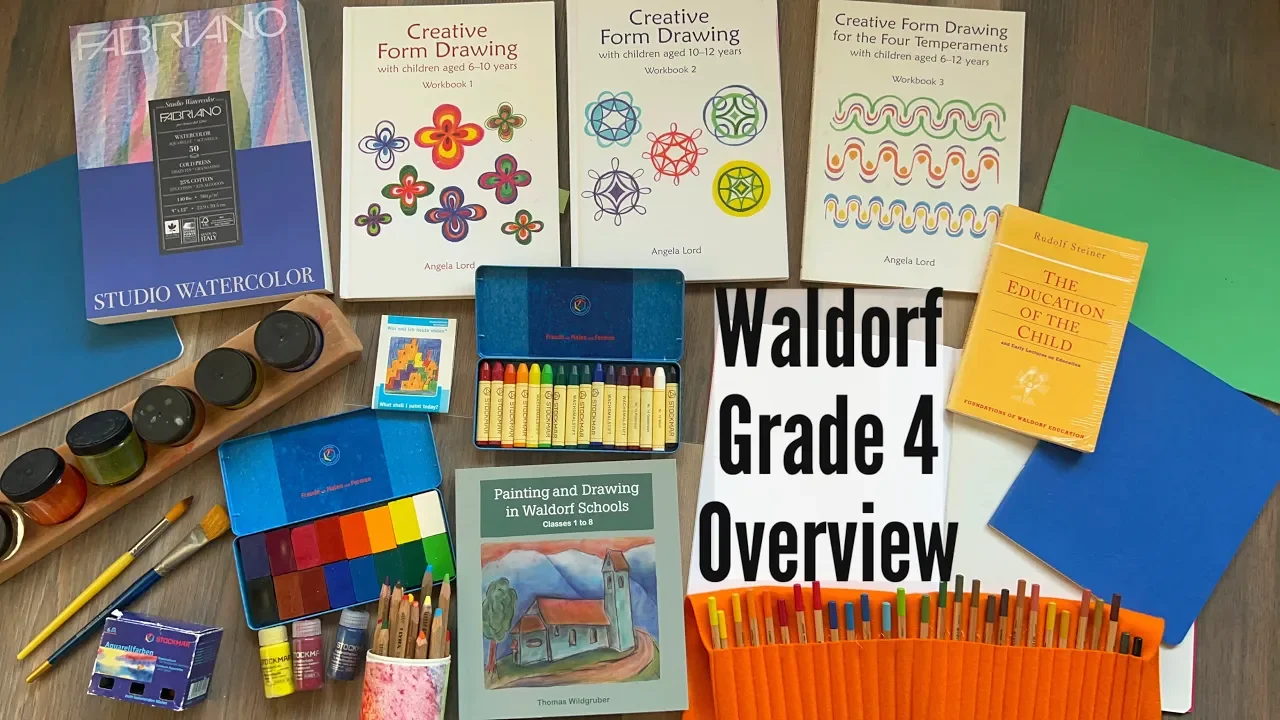
Overview of Waldorf Grade 4 | Development of the Child
Welcome to this Grade 4 series where I share many of the resources for grade 4, many of which are Waldorf inspired. Grade 4 is typically students 10-12 years old, or students who have just completed or just about to complete their 'nine-year-change' which is a major developmental change that occurs in the 7 years between the 'age of awareness' (roughly around 7 years old) and puberty (which most children reach by age 14).
-

Waldorf Grade 4 | Math Resources
In every grade, a new mathematical concept will be introduced and all the concepts before will be worked on for proficiency and eventually mastery. In grade 4, fractions are introduced. I find fractions to be a difficult concept for many children and adults to fully understand and master. While there are some children who take to it right away, I have an idea for you if your child doesn't or if you still struggle with the concept of fractions, decimals and percents.
-

Waldorf Math | Times Table | Chalk Drawing
In our Waldorf inspired homeschool, we start off our year with our main lesson blocks in Math or Grammar. This year we are working on the times table primarily and since we want to take the year to master it (though it will likely take longer realistically), we are starting those lessons right from the start.
-
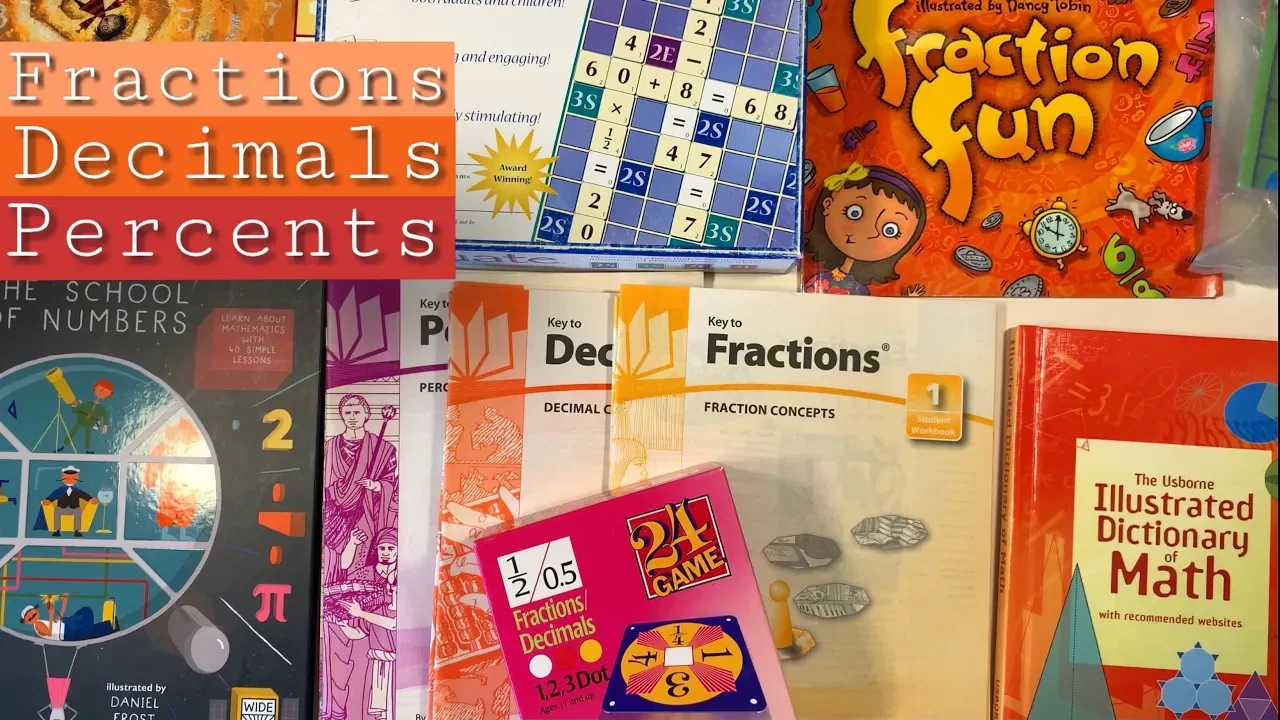
Fractions, Decimals and Percents
It's my opinion that fractions are the most challenging math concepts that elementary students have to master. And while in a relatively short space of time they can become fairly proficient in calculating fractions, decimals and percents on paper, I do think it takes years, even decades to fully master the concept and practice of fractions.
-

The Best Waldorf Math | Teaching Mathematics in Rudolf Steiner Schools for Classes I-VIII
If you've ever wanted to learn more about how math is taught in Steiner schools (Waldorf education), this book will take you from conception to application. Teaching Mathematics in Rudolf Steiner Schools for classes I-VIII by Ron Jarman is the most comprehensive books on mathematics I've ever seen.
-

Mental Math Curriculum | Grades 3rd, 4th and 5th | Mastering the Multiplication Times Table
Grade 4 is synonymous with the introduction of fractions. And while it may take years to master fractions, students will progress to higher math the following year while reviewing the maths of previous years. Additionally, students will continue to work on their mental math abilities. Mental math is the process of doing math problems in your head without paper and pencil.
-
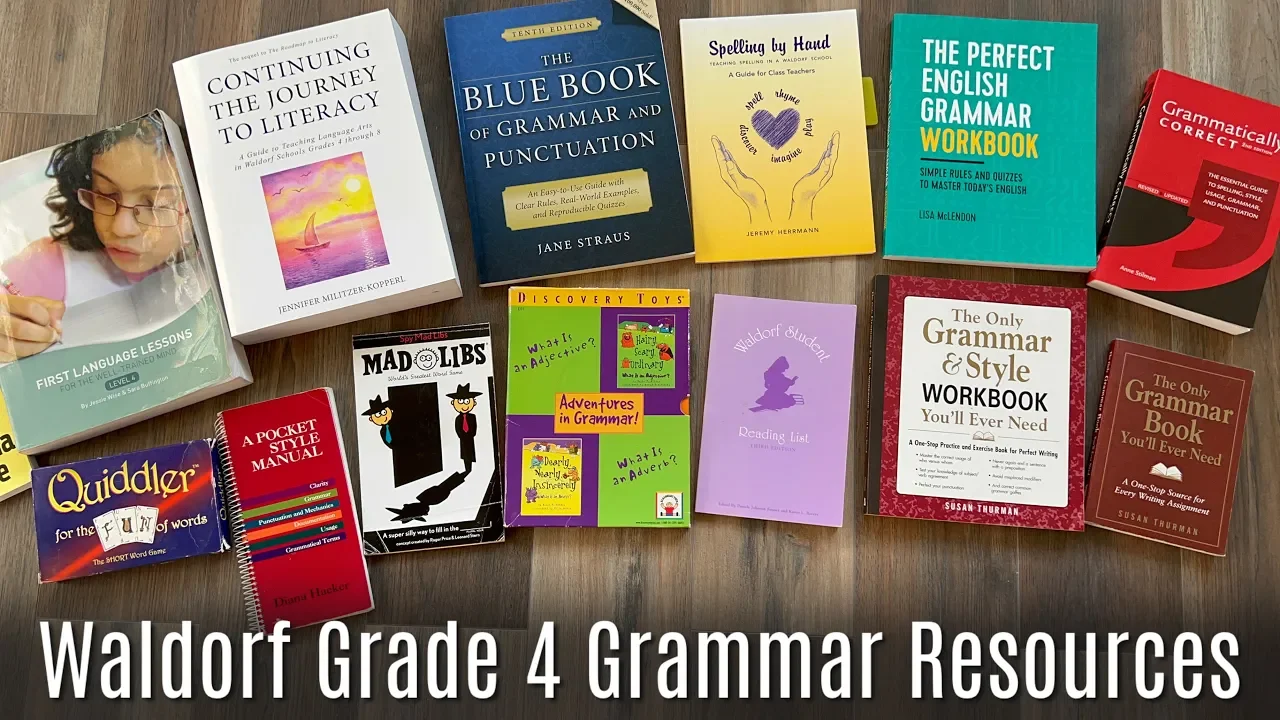
Waldorf Grade 4 Grammar Resources
While I love the Waldorf approach and the use of developmentally appropriate stories and an educational approach that delivers content that will be well received by the child because they are ripe for it, I have to say that when it comes to imaginative math and grammar, I have a hard time wrapping my head around the approach.
-
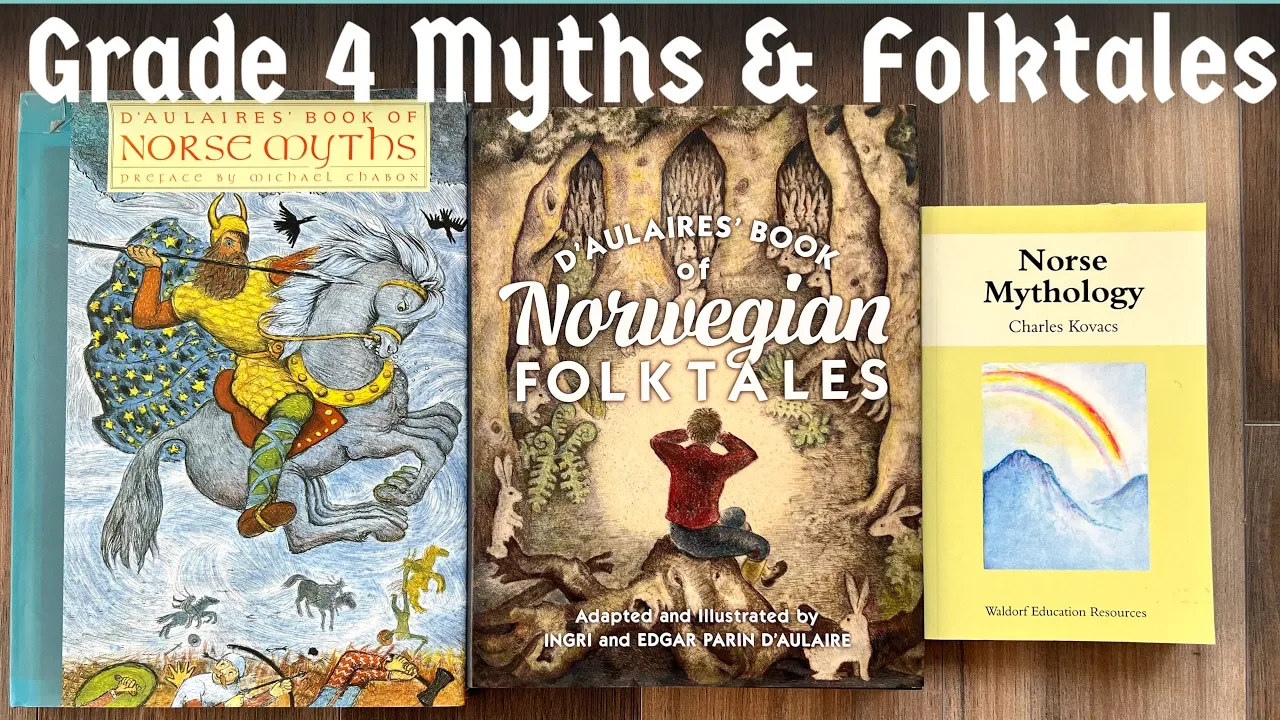
Waldorf Grade 4 | Folktales, Mythology & Heroic Poems
Let's review the stories children will be exposed to and learning from since grade 1. When introducing the letters, the stories of Grimm's Fairy Tales. In grade 2, when grammar and spelling are being explored, the stories of Native American Legends and Aesop's Fables are being told. In grade 3 when the child is going through their 9-year-change, the Saints' and Prophets' stories give the student comfort as they relate to the wandering of Moses in the desert just as the child feels out of sorts himself and looking for stability and control.
-

Quick Look at Norse Myths Resources
Norse Myths Extended Block. When we did our Norse Myths, I collected various books and put together my own block without the main lesson book. I sourced various books, but many ended up being similar and redundant.
-
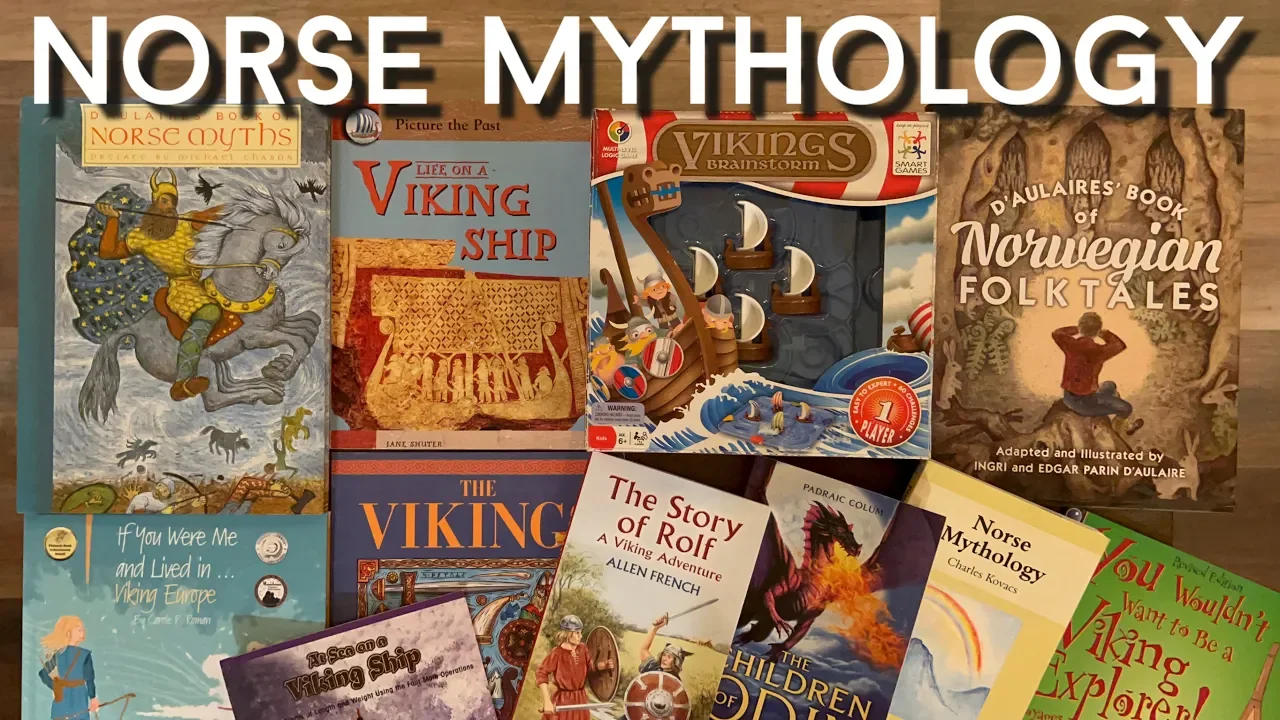
Norse Mythology Main Lesson Block
While I liked having a historical fiction, and a picture book or two on life in Viking times, one of our favorite books was If You Were Me and Live in Viking by Carol P. Roman. That book was written with the child in mind and is told entirely from the child’s point of view. One thing I love to add when possible is food! I love introducing recipes from around the world or ones that will enhance a lesson. We also found an innovated book that combined math with a viking ship. While I loved the idea, we didn’t utilize it as well I as hoped.
-
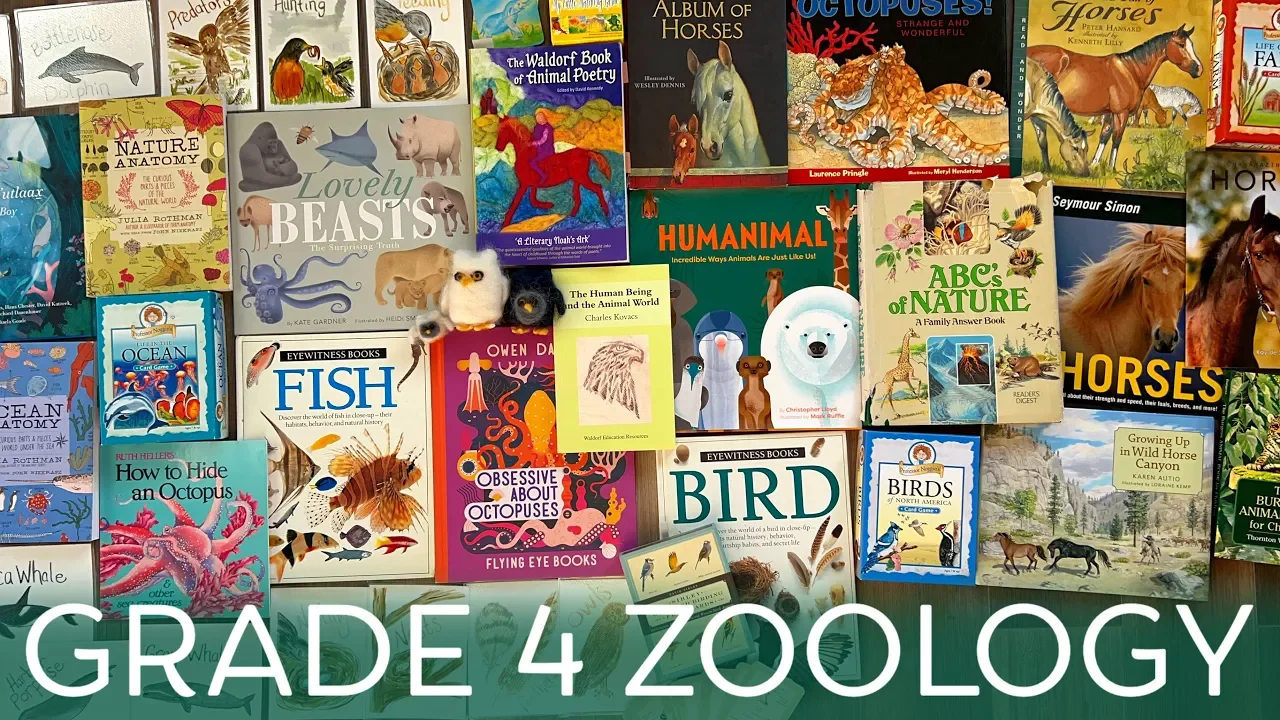
Man and Animal | Waldorf Grade 4
The zoology block in grade 4 in Waldorf schools in unlike a typical zoology class. Instead of the traditional classification of the animals in the Animal Kingdom (which is saved for a bit later), the class begins with the exploration of the human form looking at the head, trunk and limbs. We see that as humans, we do not need all four limbs for movement or mobility. We see our hands are free. Our hands are for giving and caring for others. I love the spiritual connection between the two.
-

Handwork Resources | Waldorf Grade 4
Handwork in Waldorf schools takes as much care in choosing the work that will be done as choosing the lessons. In some cases the lessons and the handwork coordinate beautifully. Cross Stitch and embroidery are the main projects for this grade. Felting a ball is the first step to an embroidered ball. This project may take weeks to months to complete. Cross stitch is a beautiful skill to develop at this age.
-
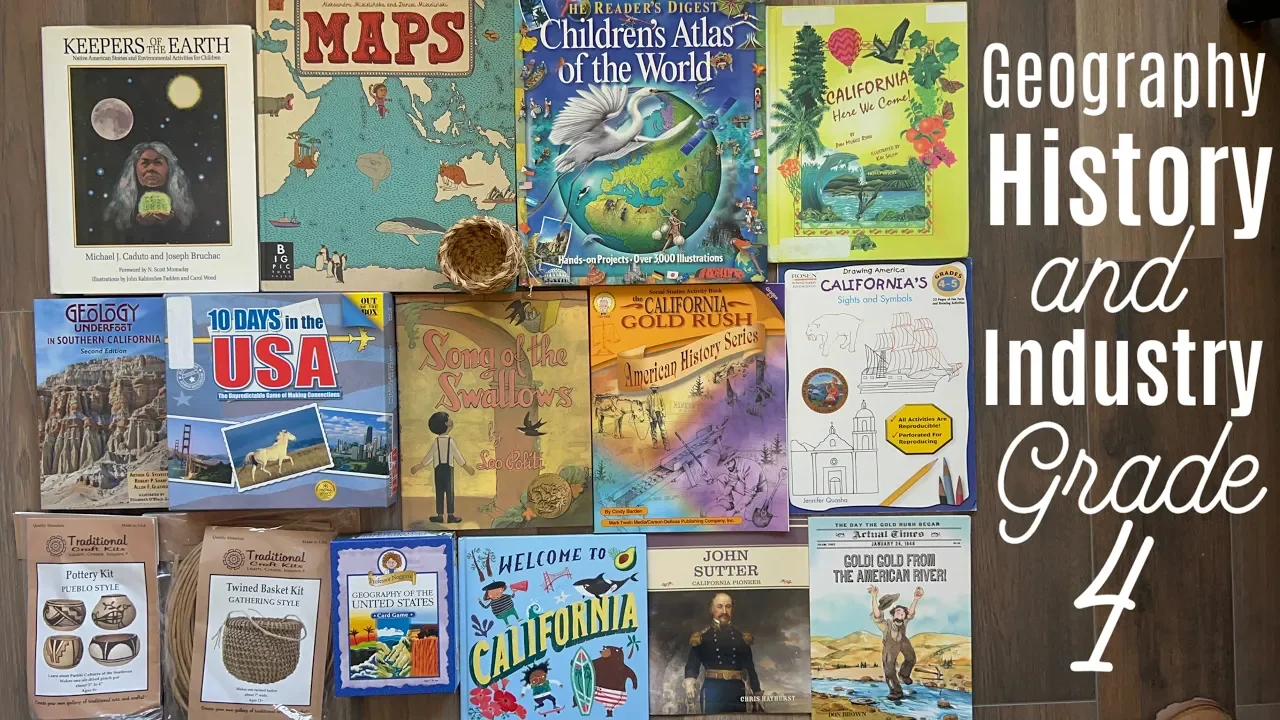
Geography, History and Industry | Waldorf Grade 4
This block requires extra work on your end because it’s based on where you live, the geography of your area, the layout of your home and neighborhood or town, and the history of your county or state. I’m sharing some videos and resources for California and indigenous people of northern and southern California, specifically the Ohlone and Chumash tribes. Some of the books I’m sharing are for other tribes or native people in general. Some of the traditional arts and crafts were taught or explained by native people teaching their craft or sharing their history, story and craft.
Zoology Unit Studies
Birds Unit Study
Horses Unit Study
Grade 4 History | The Western Movement
Grade 4 History | Alaska Unit Study
Grade 4 History | California History
-
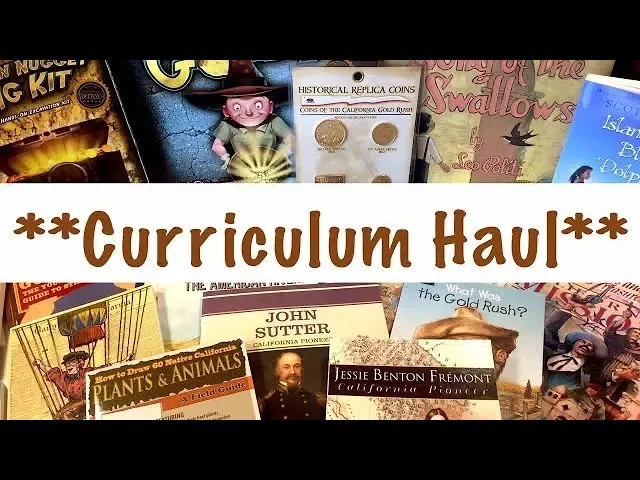
Curriculum Haul | California History
California history including the gold rush make up this unit. It's a mix of biographies, historical fiction, resource books, kits and a 'how to draw' book. I think I'm most looking forward to the kit we got for panning for gold.
-

How to Pan for Gold | Gold Rush
I bought this kit when we did our American history units when I put together our unit on California history. We ended up not quite reaching that California history when those history units were over (they'll be revisited again), but I had all the kits.
Handwork Projects | Grade 4

Grade 4
Quick Overview of Grade 4 Waldorf Inspired
Quick overview and preview of the Grade 4 complete Waldorf inspired curriculum. I have full length videos on each of the subject areas and main lesson blocks for grade 4. I include workbooks, supplement resources and materials often used or needed for the grade 4 student including Main lesson books, art materials and handwork.
For links, materials, additional videos and information, check out the blog post.
Check out the Complete series for Grade 4. This playlist covers Waldorf inspired Grade 4 main lesson blocks as well as other units and projects that complement the curriculum.
The Grade 4 curriculum by Live Education comes complete with several main lesson blocks that help support the development of the 10 year old child. Grade 4 is intended for children ages 10-12 approximately. The main lesson blocks in year 4 are the following: The Norse Myths, Beowulf, the Kalevala, Imaginative Math and Fractions, Man and Animal, Local geography, Drawing Animals, The Introduction to the Fourth Year Curriculum, The World of Animals (companion volume), Teaching Grammar with Imagination. Additional books are recommended for some of the main lesson blocks which can be found in the Introduction to the Fourth Year Curriculum book.
Blocks are rotated throughout the year with main lessons lasting 2 hours (and sometimes more), with blocks lasting 3 or 6 weeks. I prefer to do my grammar and math block in the fall, history in the winter and science in the spring, but that is a personal preference.
Waldorf Grade 4 | Complete Overview
Welcome to the Grade 4 blog post where you can find many of the resources I share for grade 4, many of which are Waldorf inspired. Grade 4 is typically students 10-12 years old, or students who have just completed or just about to complete their ‘nine-year-change’ which is a major developmental change that occurs in the 7 years between the ‘age of awareness’ (roughly around 7 years old) and puberty (which most children reach by age 14). The Waldorf curriculum supports children as they develop through these stages with lessons and stories that resonate with the child and support their changing needs. While stories are carefully chosen, and lessons purposefully constructed, understanding the reasons behind the methodology will allow you to choose stories and lessons that are relevant for your child based on your culture, heritage, religion or residence in the world. The Waldorf curriculum I primarily use is by Live Education and the trajectory of the curriculum is western and Euro-centric. In my years of using the curriculum, I have opted to both use the curriculum (and sometimes expand it into unit studies), and create my own main lesson blocks or stories to suit our religious needs. I encourage you to do the same and here’s how you can.
The Grade 4 curriculum by Live Education comes complete with several main lesson blocks that help support the development of the 10 year old child. Grade 4 is intended for children ages 10-12 approximately. The main lesson blocks in year 4 are the following: The Norse Myths, Beowulf, the Kalevala, Imaginative Math and Fractions, Man and Animal, Local geography, Drawing Animals, The Introduction to the Fourth Year Curriculum, The World of Animals (companion volume), Teaching Grammar with Imagination. Additional books are recommended for some of the main lesson blocks which can be found in the Introduction to the Fourth Year Curriculum book.
Blocks are rotated throughout the year with main lessons lasting 2 hours (and sometimes more), with blocks lasting 3 or 6 weeks. I prefer to do my grammar and math block in the fall, history in the winter and science in the spring, but that is a personal preference.
Grammar Resources
First Language Lessons Level 4 Student Workbook: Student Workbook Workbook Edition
Spelling by Hand: Teaching Spelling in a Waldorf School, a Guide for Class Teachers
The Only Grammar Book You’ll Ever Need: A One-Stop Source for Every Writing Assignment
Actually, the Comma Goes Here: A Practical Guide to Punctuation
Grammatically Correct: The Essential Guide to Spelling, Style, Usage, Grammar, and Punctuation
The Perfect English Grammar Workbook: Simple Rules and Quizzes to Master Today’s English
Norse Mythology Resources:
D’Aulaires’ Book of Norwegian Folktales adopted and illustrated by Ingri and Edgar Paris D’Aulaires
You Wouldn’t Want to be a Viking Explorer written by Andrew Langley and illustrated by David Antram
Tara Ireland’s royal board game (not Nordic, but I included it in this unit)
Man & Animal (Zoology) Resources
Nature Anatomy: The Curious Parts and Pieces of the Natural World
Ocean Anatomy: The Curious Parts & Pieces of the World under the Sea
Professor Noggin’s Birds of North America Trivia Card Game – an Educational Based Card Game for Kids
Professor Noggin’s Wildlife of North America Trivia Card Game
Shanyaak’utlaax – Salmon Boy (Baby Raven Reads) English and Tlingit Edition
DK Eyewitness Books: Fish: Discover the Amazing World of Fish
DK Eyewitness Books: Bird: Discover the Fascinating World of Birds
The Burgess Animal Book for Children: Mammal and Nature Education Storybook for Kids
Handwork Resources
DMC 117F25HDC Embroidery Floss (for adults rather than students)
DMC 115 3-606 Pearl Cotton Thread, Bright Orange/Red (for students, thicker and pearl)
Clover Gold Eye Chenille Needles, 1 Count (Pack of 1), Size 20 6/Pkg
Needle Felting Wool Carded Batts Shade Pack 100 Grams 3.5 Oz -Green
Eurythmy Movements and Meditations: A Journey to the Heart of Language
Geography & History Resources
California Gold Rush, Grades 4 – 7 (American History Series)
John Sutter: California Pioneer (Primary Sources of Famous People in American History)
Keepers of the Earth: Native American Stories and Environmental Activities for Children
Gold! Gold from the American River!: January 24, 1848: The Day the Gold Rush Began
10 Days in The USA | Family Road Trip Board Game for All Ages
California’s Sights and Symbols (Kid’s Guide to Drawing America)
Grade 4 Live Education Waldorf Curriculum Review
The Grade 4 curriculum by Live Education comes complete with several main lesson blocks that help support the development of the 10 year old child. Grade 4 is intended for children ages 10-12 approximately. The main lesson blocks in year 4 are the following: The Norse Myths, Beowulf, the Kalevala, Imaginative Math and Fractions, Man and Animal, Local geography, Drawing Animals, The Introduction to the Fourth Year Curriculum, The World of Animals (companion volume), Teaching Grammar with Imagination. Additional books are recommended for some of the main lesson blocks which can be found in the Introduction to the Fourth Year Curriculum book.
Blocks are rotated throughout the year with main lessons lasting 2 hours (and sometimes more), with blocks lasting 3 or 6 weeks. I prefer to do my grammar and math block in the fall, history in the winter and science in the spring, but that is a personal preference.
Deeper Look at Year 4
If buying a grade 4 Waldorf curriculum isn’t the right choice for your family, but you would still like to enjoy some of the main lesson blocks for this year, you may explore the books and resources I’ve compiled for each subject area. While some of the books and resource I’m sharing are no longer in print, you may source similar, more current selections. And while these books are part of home library, I encourage you to check out your local library (or transfer books from other libraries), as you are more likely to find current books. If vintage books (as in 20 years or older) is more appealing to you, check out the used bookstore at your library. I try to scan the non-fiction section often and have picked up some gems at a great price.
The use of books within a main lesson block is primarily for the teacher to educate herself in preparation for a main lesson. Over the years, I admit that due to lack of time or efficient planning, I would end up reading the books aloud to my students rather than orally telling them stories. Now (2024), after over 20 years of teaching, I can draw on my stories and information to orally deliver (or partially deliver) lessons without extensive research. And while you are not likely to find Waldorf teachers using picture books in their classrooms, I do love them and use them often, so they are included in the main lesson blocks, especially for the Man and Animal (zoology) block.
Grammar Resources
First Language Lessons Level 4 Student Workbook: Student Workbook Workbook Edition
Spelling by Hand: Teaching Spelling in a Waldorf School, a Guide for Class Teachers
The Only Grammar Book You’ll Ever Need: A One-Stop Source for Every Writing Assignment
Actually, the Comma Goes Here: A Practical Guide to Punctuation
Grammatically Correct: The Essential Guide to Spelling, Style, Usage, Grammar, and Punctuation
The Perfect English Grammar Workbook: Simple Rules and Quizzes to Master Today’s English
Norse Mythology Resources:
D’Aulaires’ Book of Norwegian Folktales adopted and illustrated by Ingri and Edgar Paris D’Aulaires
You Wouldn’t Want to be a Viking Explorer written by Andrew Langley and illustrated by David Antram
Tara Ireland’s royal board game (not Nordic, but I included it in this unit)
Man & Animal (Zoology) Resources
Nature Anatomy: The Curious Parts and Pieces of the Natural World
Ocean Anatomy: The Curious Parts & Pieces of the World under the Sea
Professor Noggin’s Birds of North America Trivia Card Game – an Educational Based Card Game for Kids
Professor Noggin’s Wildlife of North America Trivia Card Game
Shanyaak’utlaax – Salmon Boy (Baby Raven Reads) English and Tlingit Edition
DK Eyewitness Books: Fish: Discover the Amazing World of Fish
DK Eyewitness Books: Bird: Discover the Fascinating World of Birds
The Burgess Animal Book for Children: Mammal and Nature Education Storybook for Kids
Handwork Resources
DMC 117F25HDC Embroidery Floss (for adults rather than students)
DMC 115 3-606 Pearl Cotton Thread, Bright Orange/Red (for students, thicker and pearl)
Clover Gold Eye Chenille Needles, 1 Count (Pack of 1), Size 20 6/Pkg
Needle Felting Wool Carded Batts Shade Pack 100 Grams 3.5 Oz -Green
Eurythmy Movements and Meditations: A Journey to the Heart of Language
Waldorf Grade 4 Grammar Resources
Waldorf Grade 4 Grammar Resources
While I love the Waldorf approach and the use of developmentally appropriate stories and an educational approach that delivers content that will be well received by the child because they are ripe for it, I have to say that when it comes to imaginative math and grammar, I have a hard time wrapping my head around the approach. What I’ve done instead is take the concept of connecting grammar to the history or mythology of the year and the more structured approach of Susan Wise Bauer’s classical approach and wrote my own grammar curriculum using historical biographies that reflect our family values and religious beliefs.
Many of the grammar books I’m sharing helped me write grammar curriculum for my students. Some included workbooks which we utilized, however, I don’t like grammar worksheets that present sentences with gross grammar or spelling or punctuation errors in which the student must then correct those mistakes. Based on the Charlotte Mason approach, she would discourage such a practice and in fact, if the child had written a word incorrectly, she would advise that word be promptly erased from paper and mind and spelled correctly immediately as to not have that ingrained in the child’s mind. Likewise, I prefer the workbooks which present questions or matching in which no incorrect language is used.
I’m also sharing a couple of Waldorf resources that suit multiple grades as well as my favorite language arts curriculum First Language Lessons (and Writing with Ease, not pictured). Included are a couple of games you could play during opening activities.
Grammar Resources
First Language Lessons Level 4 Student Workbook: Student Workbook Workbook Edition
Spelling by Hand: Teaching Spelling in a Waldorf School, a Guide for Class Teachers
The Only Grammar Book You’ll Ever Need: A One-Stop Source for Every Writing Assignment
Actually, the Comma Goes Here: A Practical Guide to Punctuation
Grammatically Correct: The Essential Guide to Spelling, Style, Usage, Grammar, and Punctuation
The Perfect English Grammar Workbook: Simple Rules and Quizzes to Master Today’s English
Waldorf Grade 4 | Folktales, Mythology & Heroic Poems
Waldorf Grade 4 | Folktales, Mythology & Heroic Poems
Let’s review the stories children will be exposed to and learning from since grade 1. When introducing the letters, the stories of Grimm’s Fairy Tales. In grade 2, when grammar and spelling are being explored, the stories of Native American Legends and Aesop’s Fables are being told. In grade 3 when the child is going through their 9-year-change, the Saints’ and Prophets’ stories give the student comfort as they relate to the wandering of Moses in the desert just as the child feels out of sorts himself and looking for stability and control. In grade 4, the mythologies, folktales and epic poems are taught just at a time when the child is in turmoil between his inner and outer world. The fall of the divine and the journey of the human through life and its suffering is mirrored in the Norse myths the fall of Thor and the loss of his hammer. The creation story of Adam and Eve evoke the same sentiment. In grade 5 when the children are in this beautiful in-between phase when the limbs have not yet grown beyond the child’s knowing as will happen with puberty, when discoordination and clumsiness seems to plague the child, and in the perfect time after the tumultuous 9-year-change and age of the fallen divine comes the time when the child is finally at momentary rest. The ancient histories including Greek and Roman histories are taught alongside geometry and botany where perfection, idealism and heroes are explored. This is where children may see the heroes and ‘gods’ of ancient Greek and Roman mythologies and the perfection of geometry in math and manifested in plants in the botany main lesson and in space in astronomy main lesson. Grades 6, 7, 8 focus on european and US history with brief looks at world history.
Resources for Heroic Poems
Quick Look at Norse Myths Resources
Norse Myths Extended Block
When we did our Norse Myths, I collected various books and put together my own block without the main lesson book. I sourced various books, but many ended up being similar and redundant. Only one book on Norse Myths is needed, while I ended up with four. One illustrated, one for upper elementary, one vintage and one curriculum based.
Norse Mythology Main Lesson Block
Norse Myths Extended Block
When we did our Norse Myths, I collected various books and put together my own block without the main lesson book. I sourced various books, but many ended up being similar and redundant. Only one book on Norse Myths is needed, while I ended up with four. One illustrated, one for upper elementary, one vintage and one curriculum based. While I liked having a historical fiction, and a picture book or two on life in Viking times, one of our favorite books was If You Were Me and Live in Viking by Carol P. Roman. That book was written with the child in mind and is told entirely from the child’s point of view. One thing I love to add when possible is food! I love introducing recipes from around the world or ones that will enhance a lesson. We also found an innovated book that combined math with a viking ship. While I loved the idea, we didn’t utilize it as well I as hoped. While at the Live Education Summer Seminar, teacher Susan Darcy shared with me her main lesson book for Norse Myths and provided permission to share it.
Resources:
Handwork Resources | Waldorf Grade 4
Waldorf Handwork
Handwork in Waldorf schools takes as much care in choosing the work that will be done as choosing the lessons. In some cases the lessons and the handwork coordinate beautifully. Cross Stitch and embroidery are the main projects for this grade. Felting a ball is the first step to an embroidered ball. This project may take weeks to months to complete. Cross stitch is a beautiful skill to develop at this age.
Handwork Resources
DMC 117F25HDC Embroidery Floss (for adults rather than students)
DMC 115 3-606 Pearl Cotton Thread, Bright Orange/Red (for students, thicker and pearl)
Clover Gold Eye Chenille Needles, 1 Count (Pack of 1), Size 20 6/Pkg
Needle Felting Wool Carded Batts Shade Pack 100 Grams 3.5 Oz -Green
Eurythmy Movements and Meditations: A Journey to the Heart of Language
Geography, History and Industry | Waldorf Grade 4
Geography, History and Industry for Grade 4
This block requires extra work on your end because it’s based on where you live, the geography of your area, the layout of your home and neighborhood or town, and the history of your county or state. I’m sharing some videos and resources for California and indigenous people of northern and southern California, specifically the Ohlone and Chumash tribes. Some of the books I’m sharing are for other tribes or native people in general. Some of the traditional arts and crafts were taught or explained by native people teaching their craft or sharing their history, story and craft.
Geography & History Resources
California Gold Rush, Grades 4 – 7 (American History Series)
John Sutter: California Pioneer (Primary Sources of Famous People in American History)
Keepers of the Earth: Native American Stories and Environmental Activities for Children
Gold! Gold from the American River!: January 24, 1848: The Day the Gold Rush Began
10 Days in The USA | Family Road Trip Board Game for All Ages
California’s Sights and Symbols (Kid’s Guide to Drawing America)
